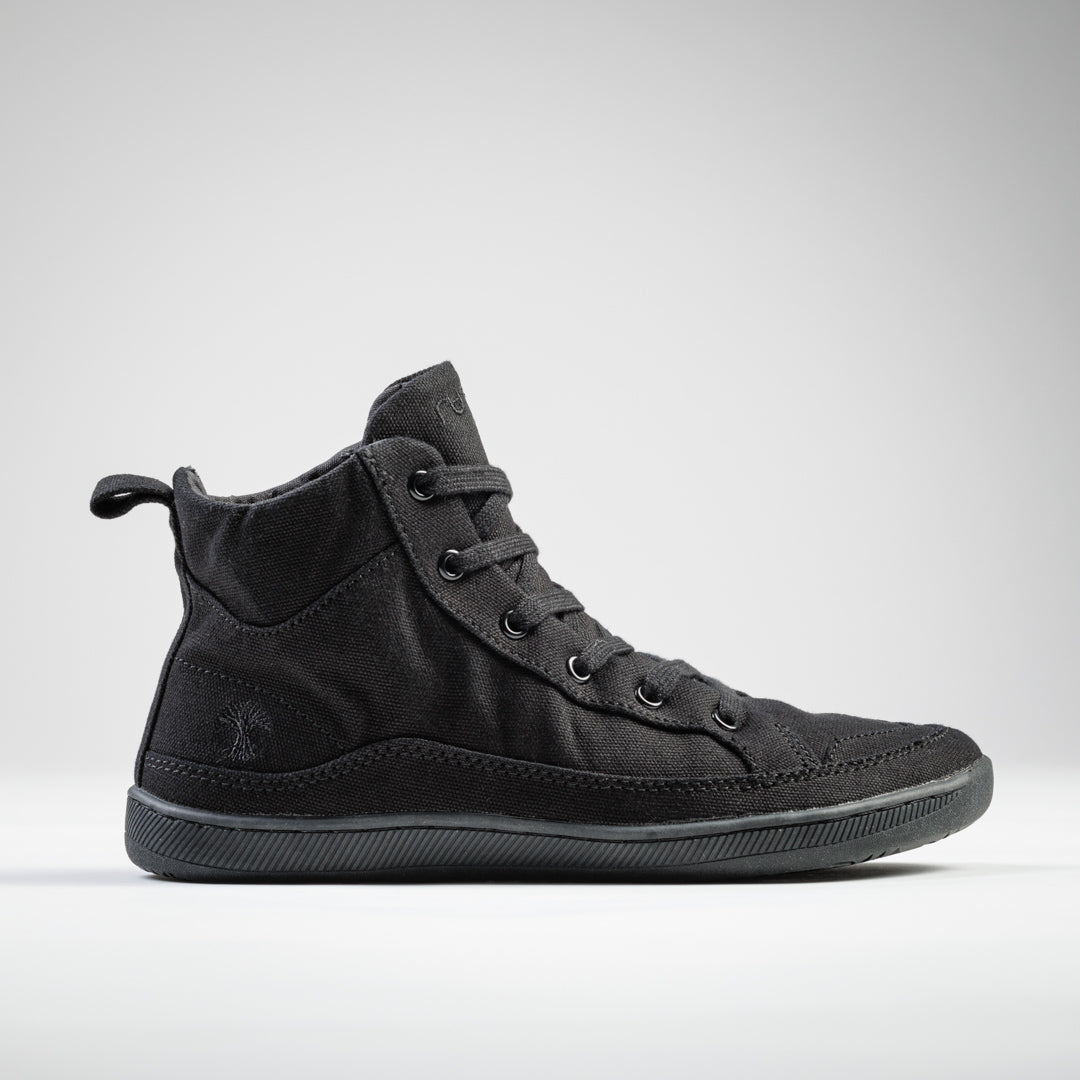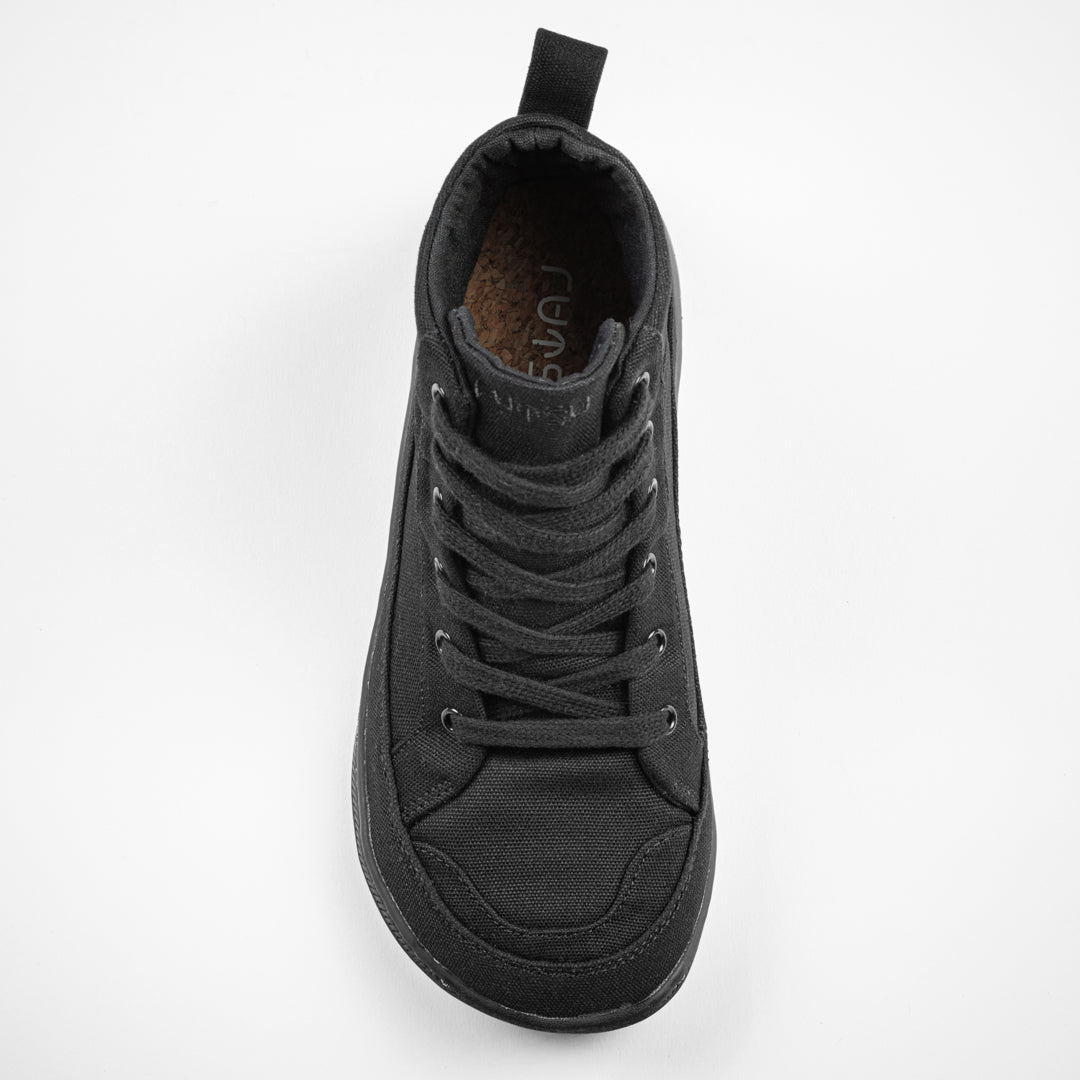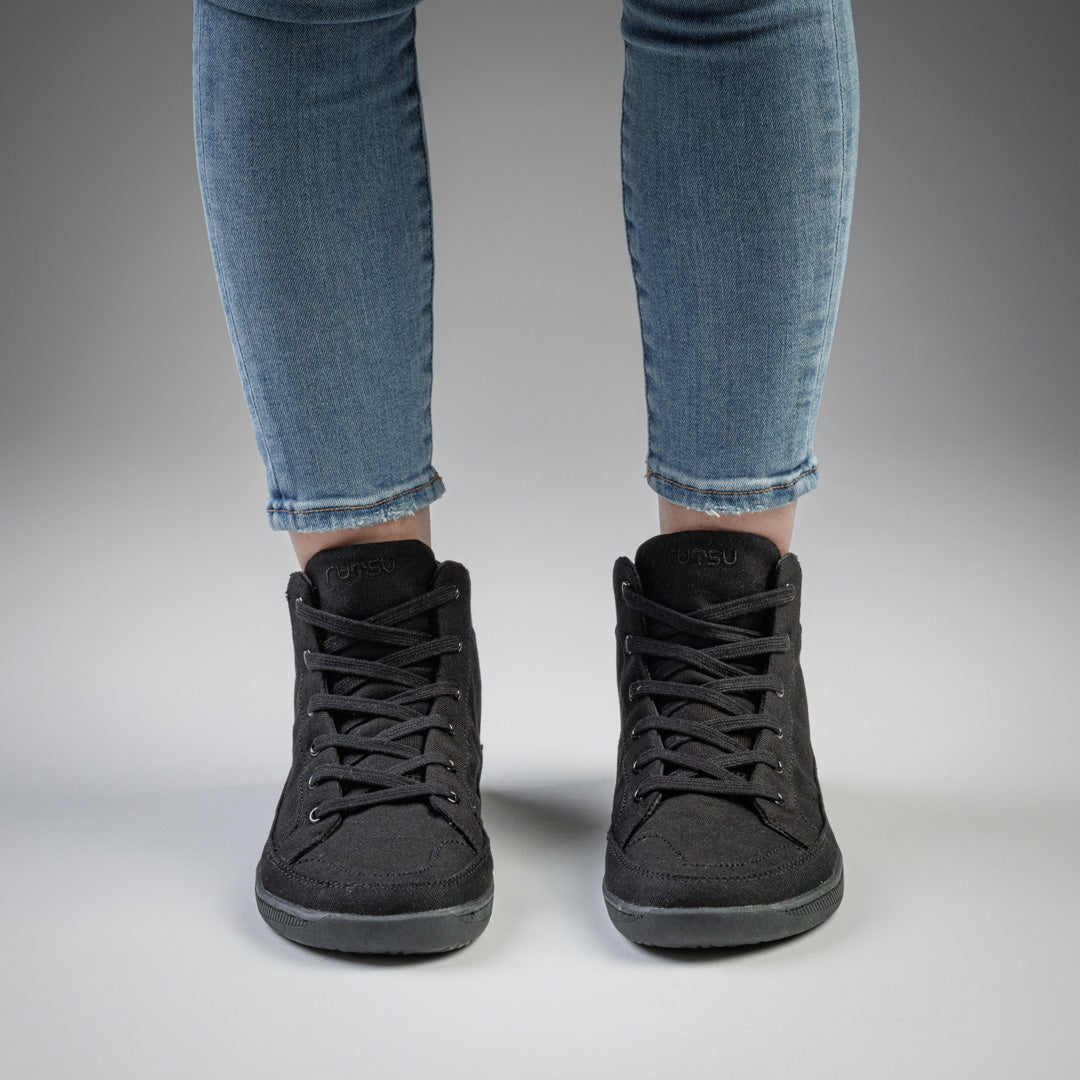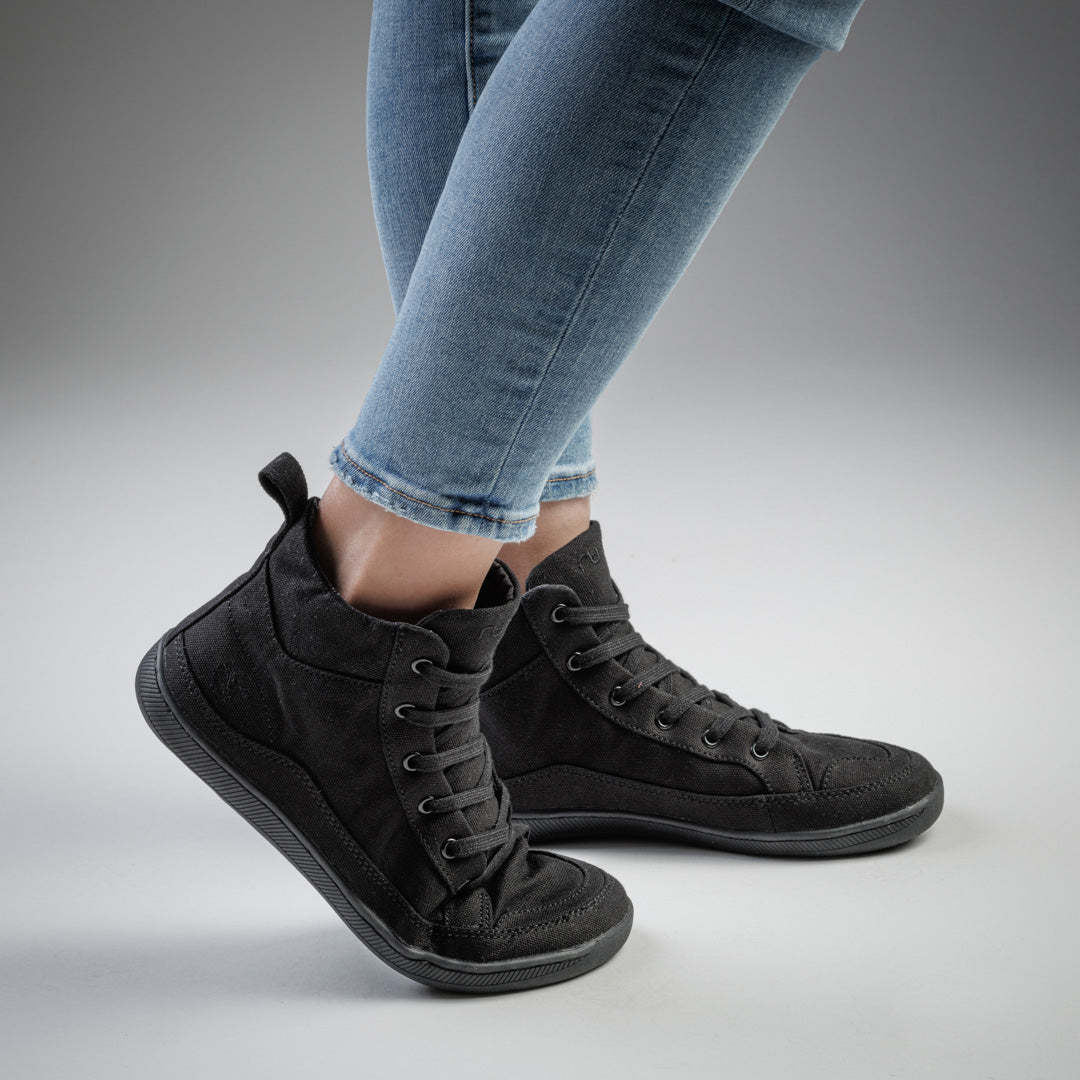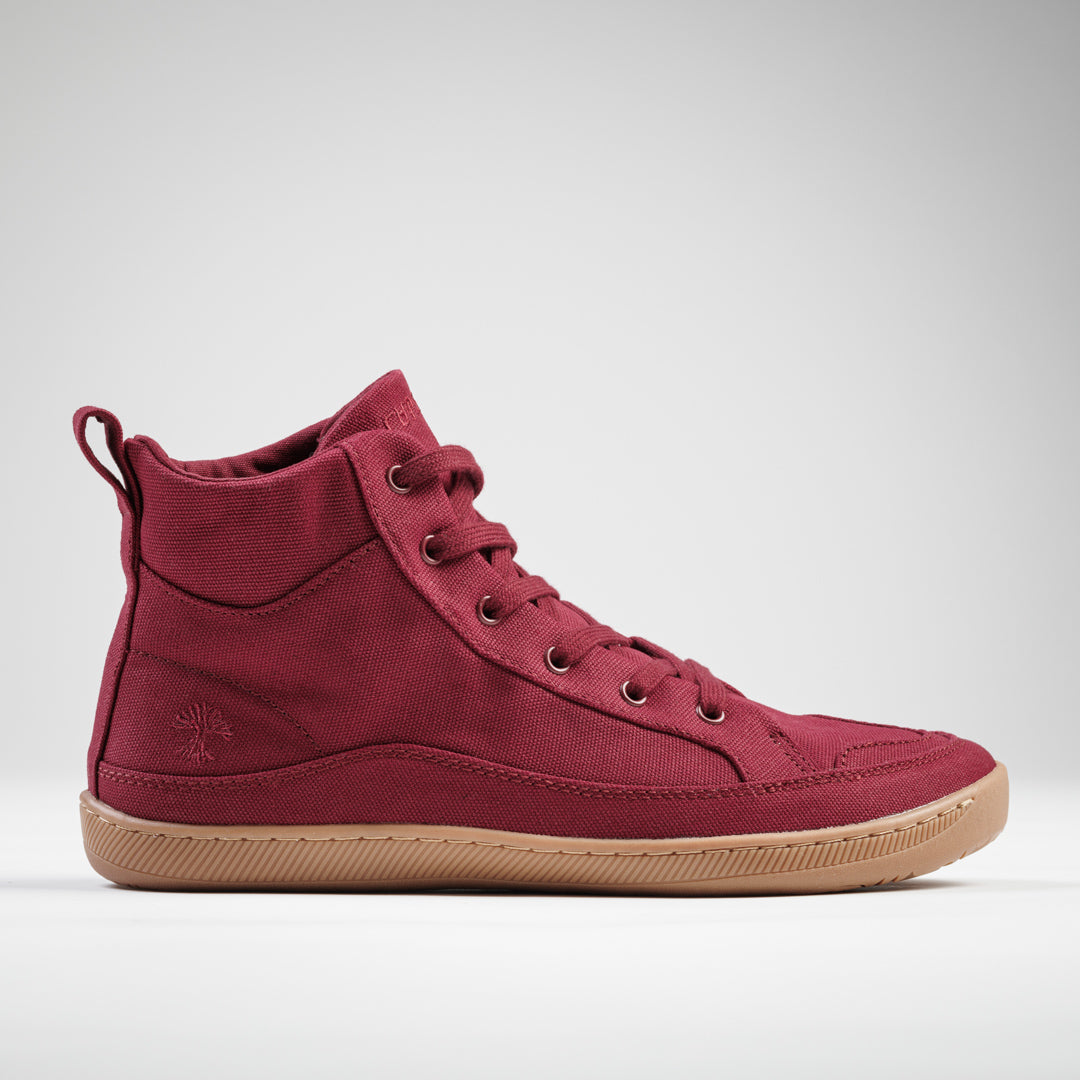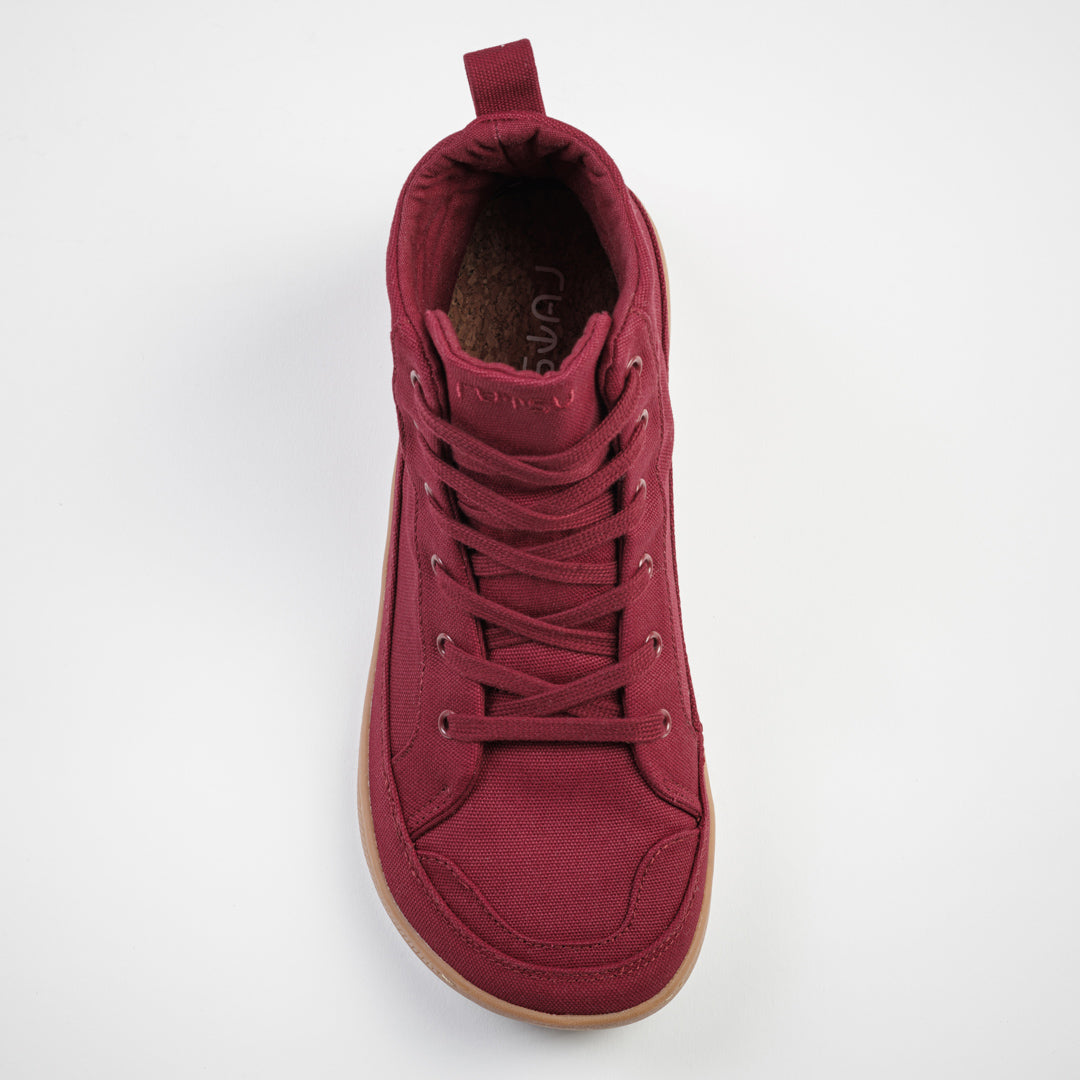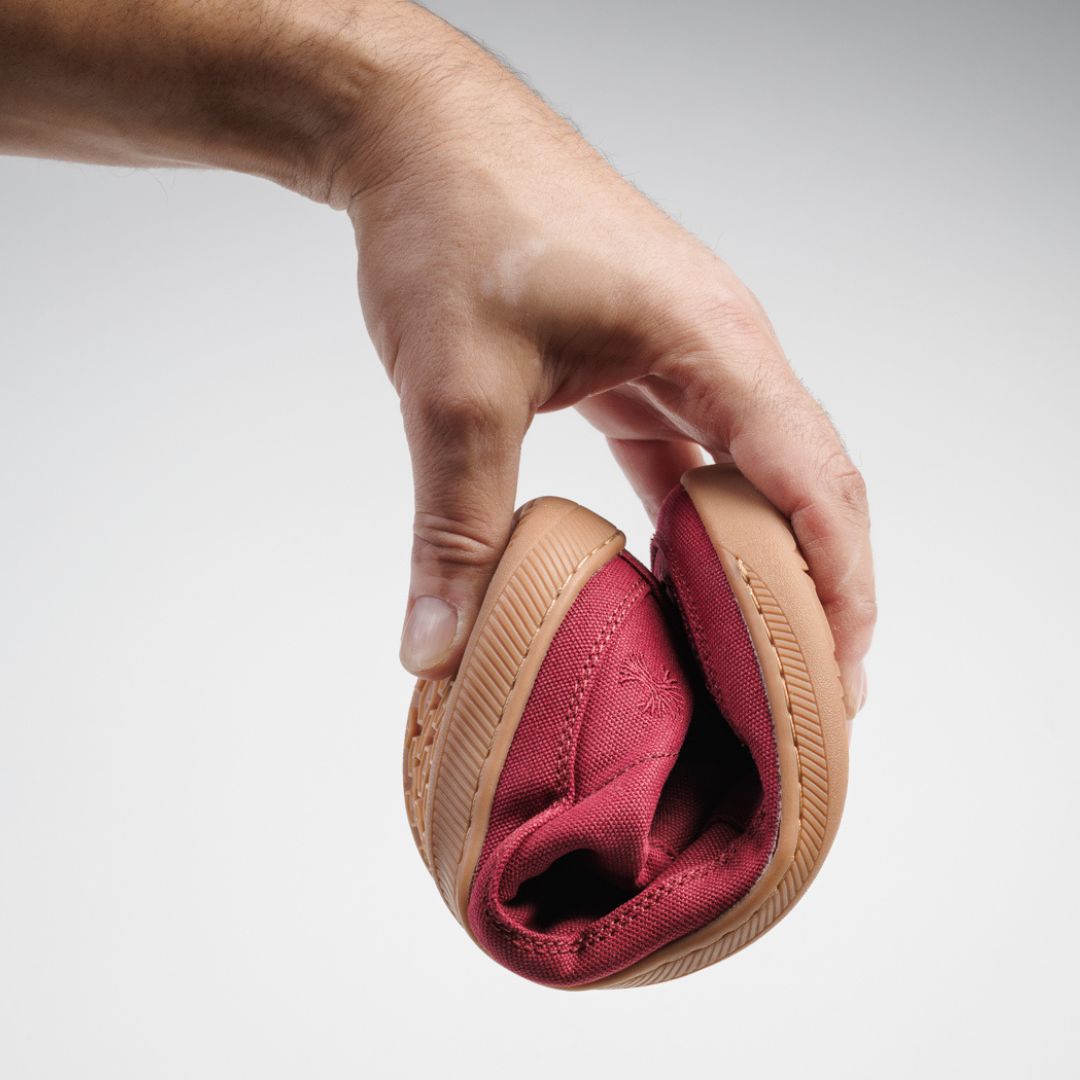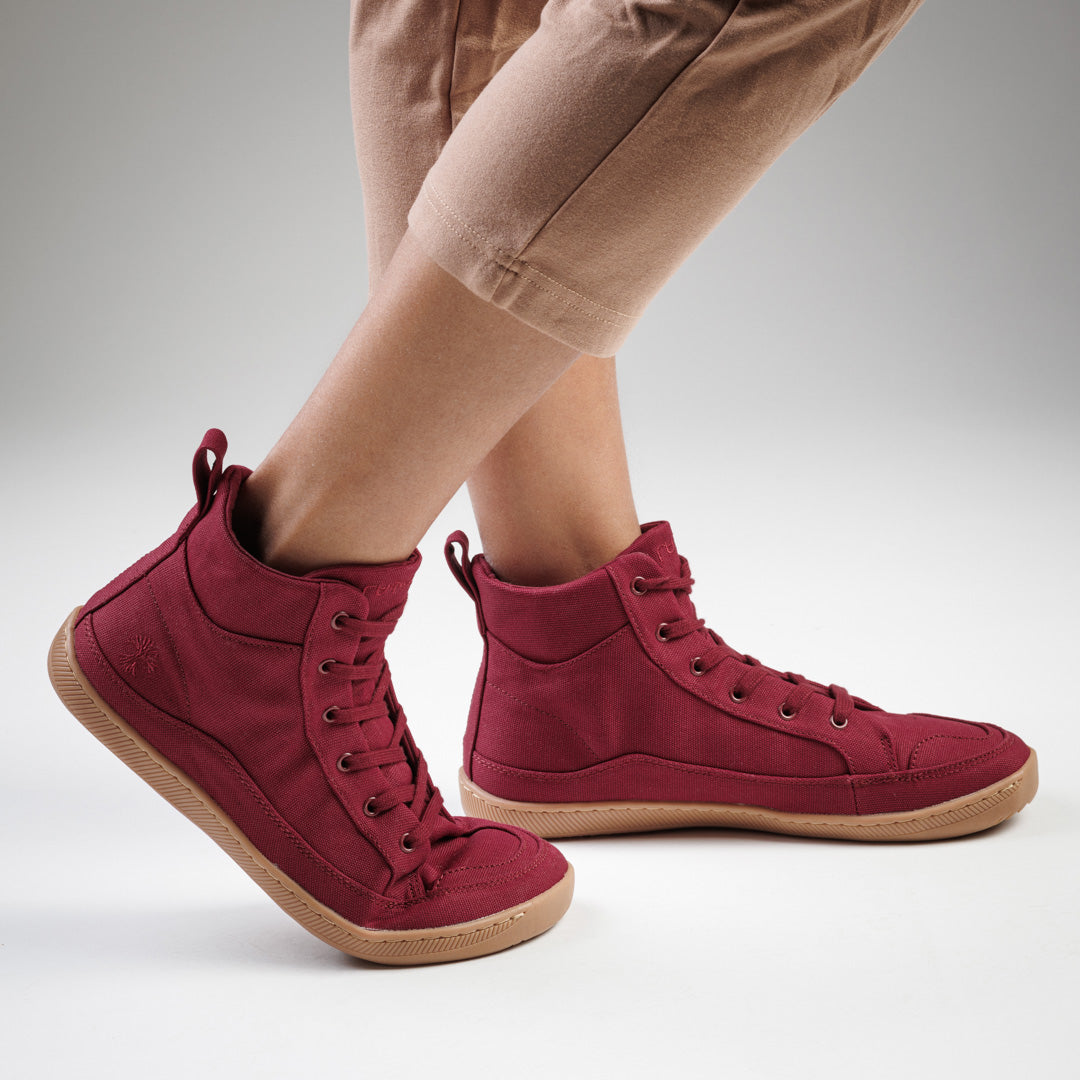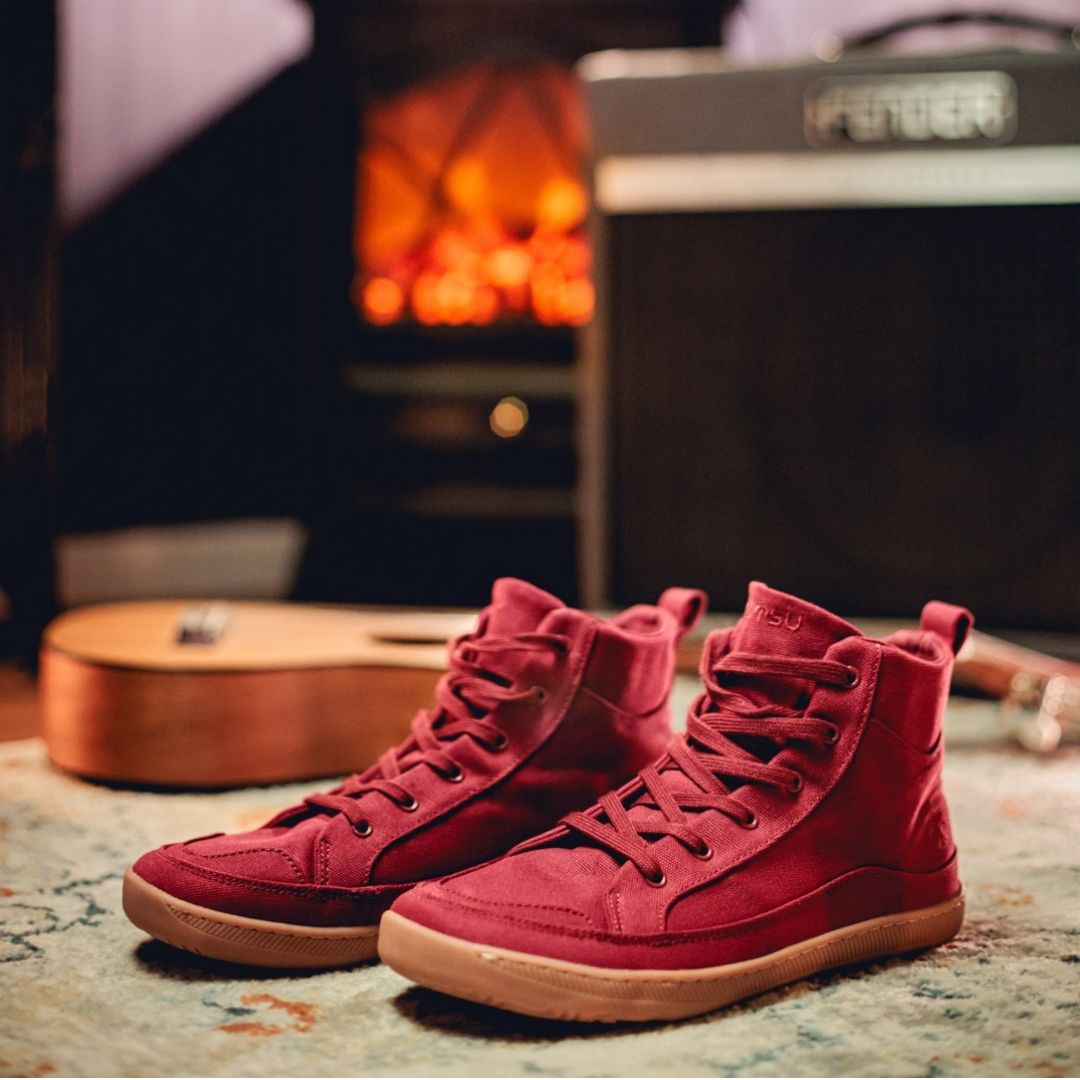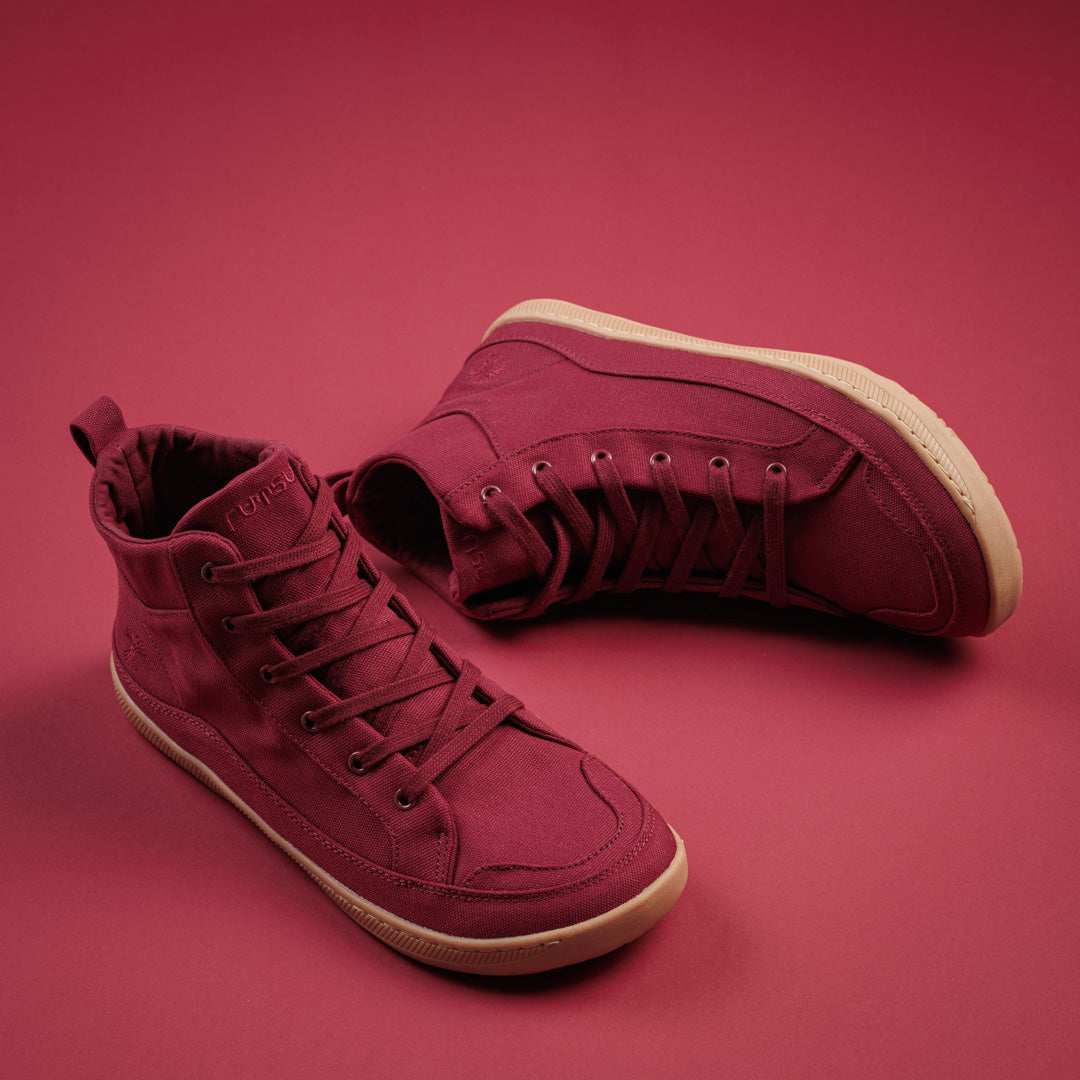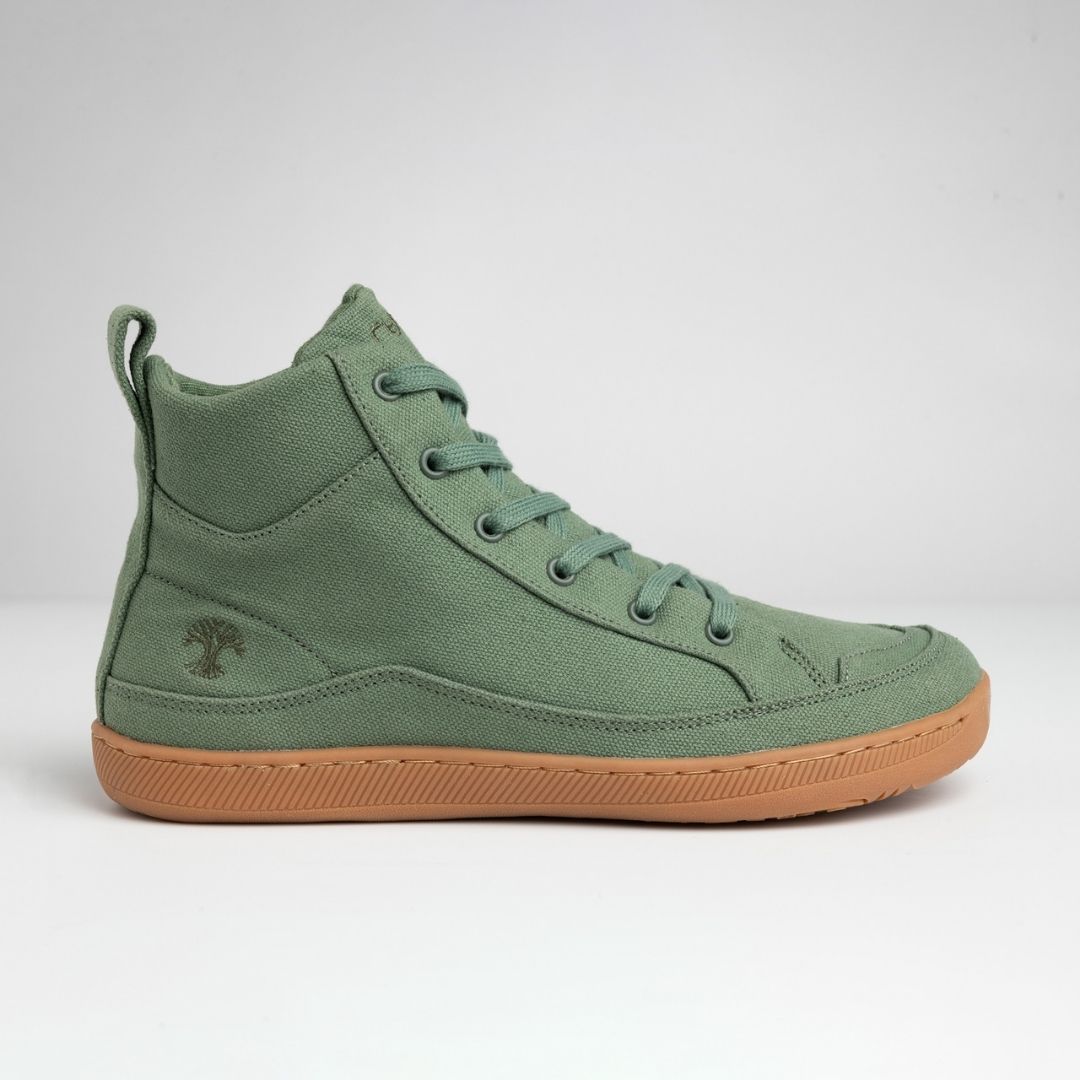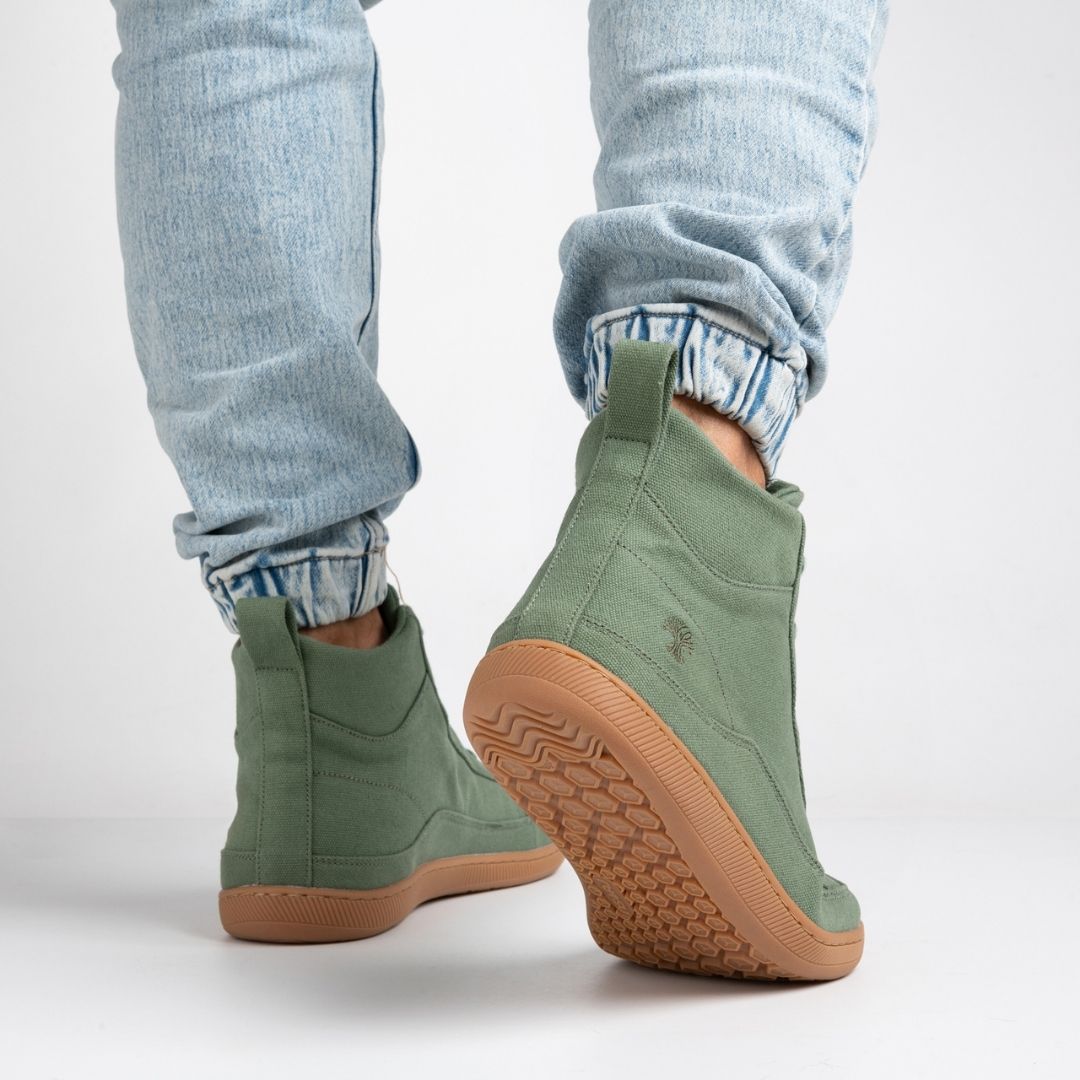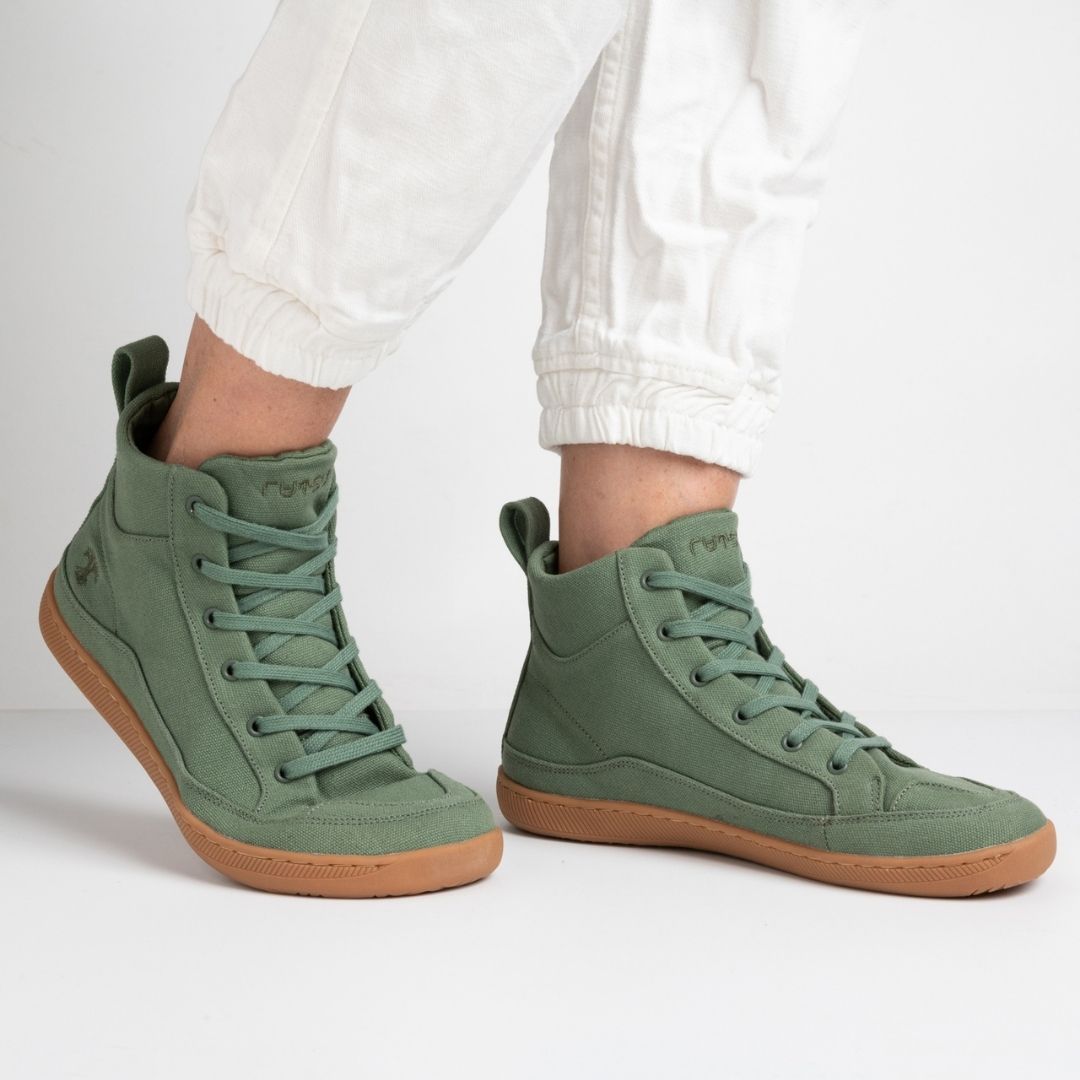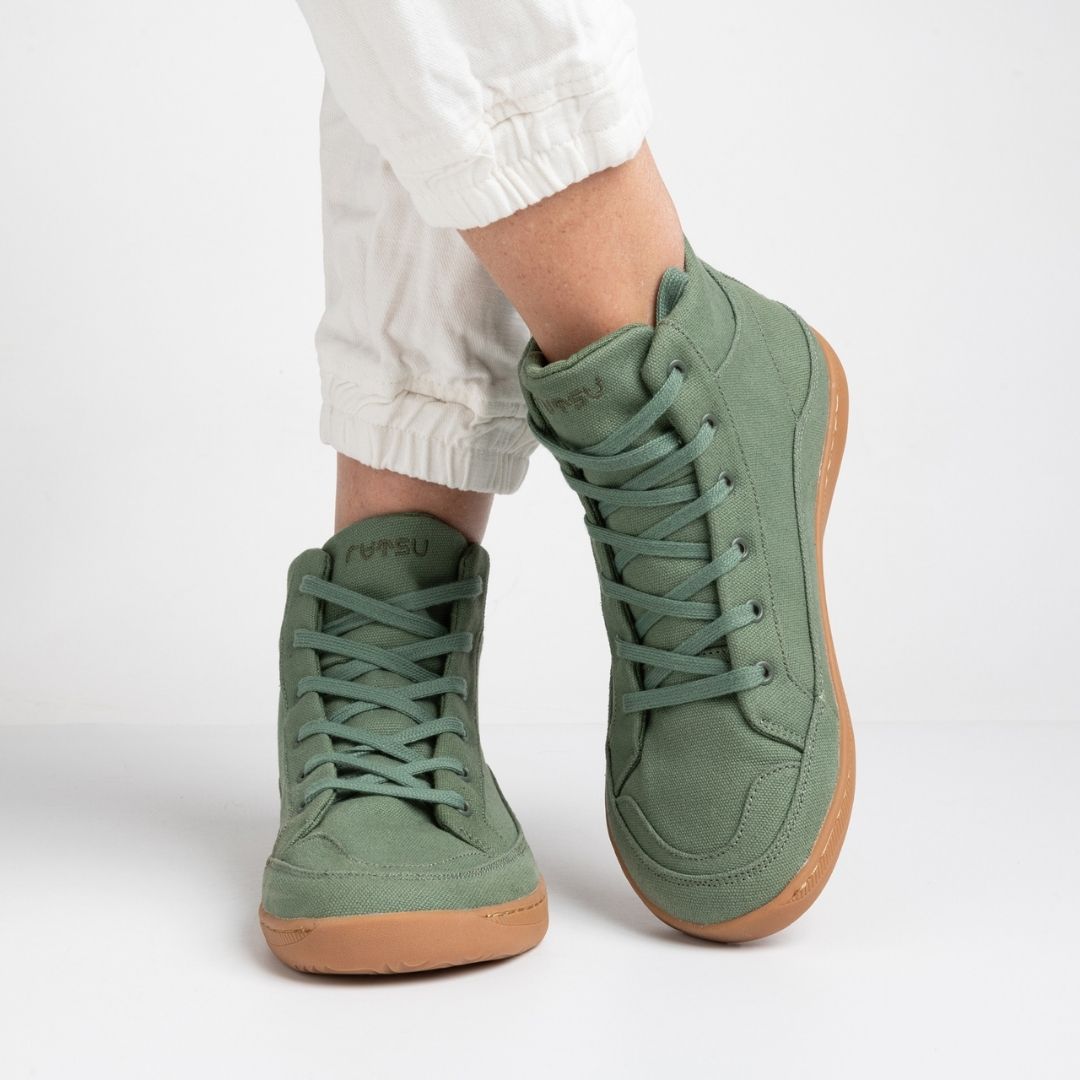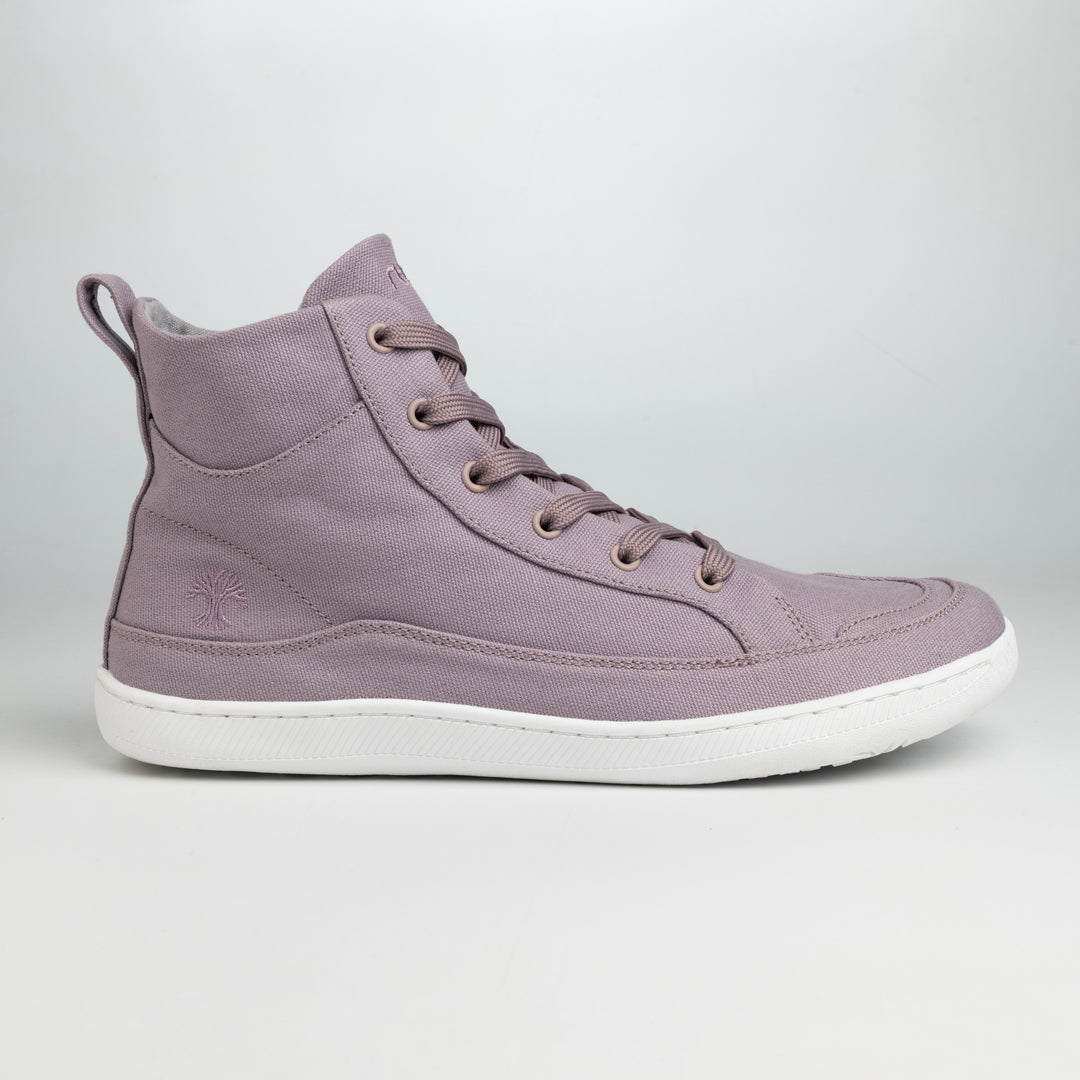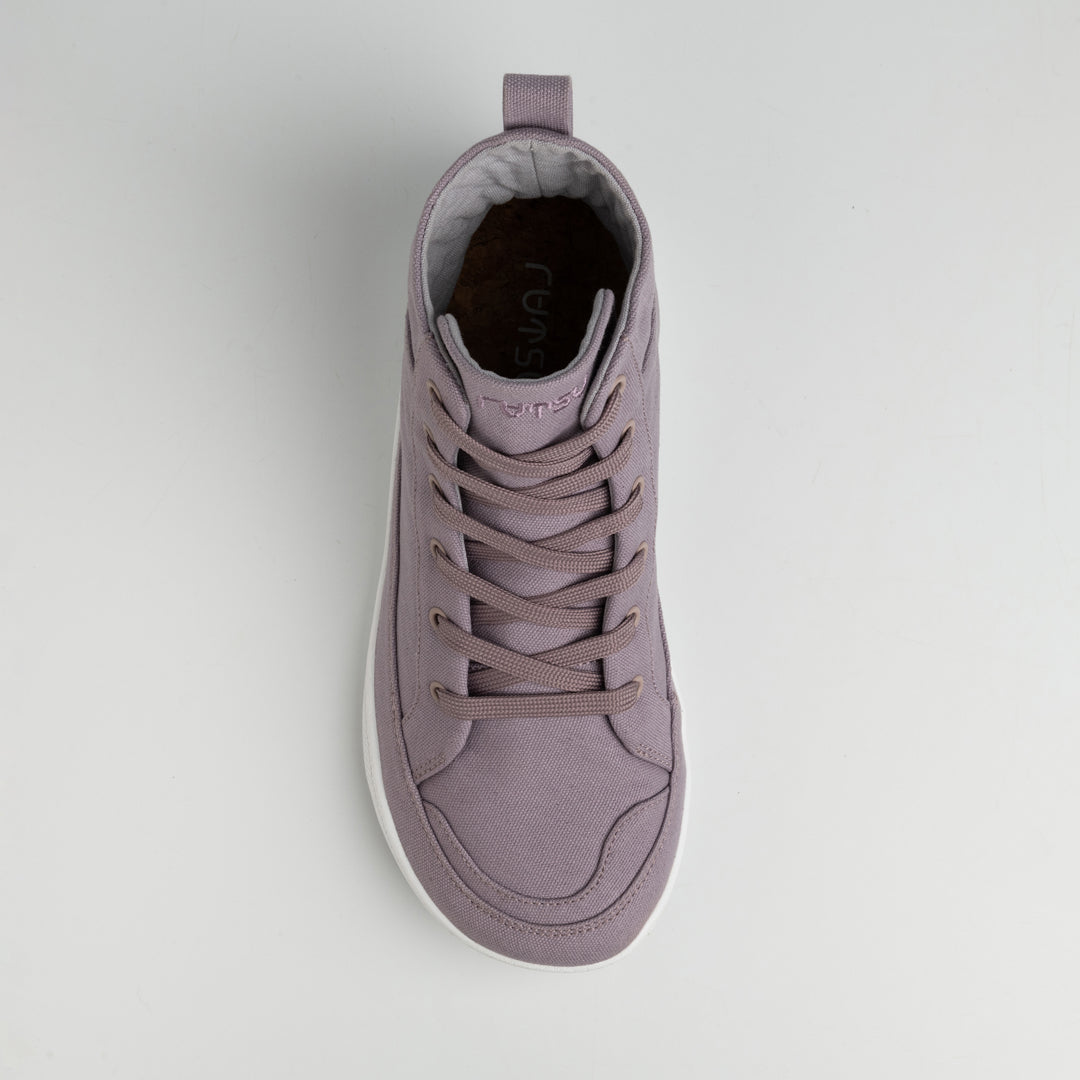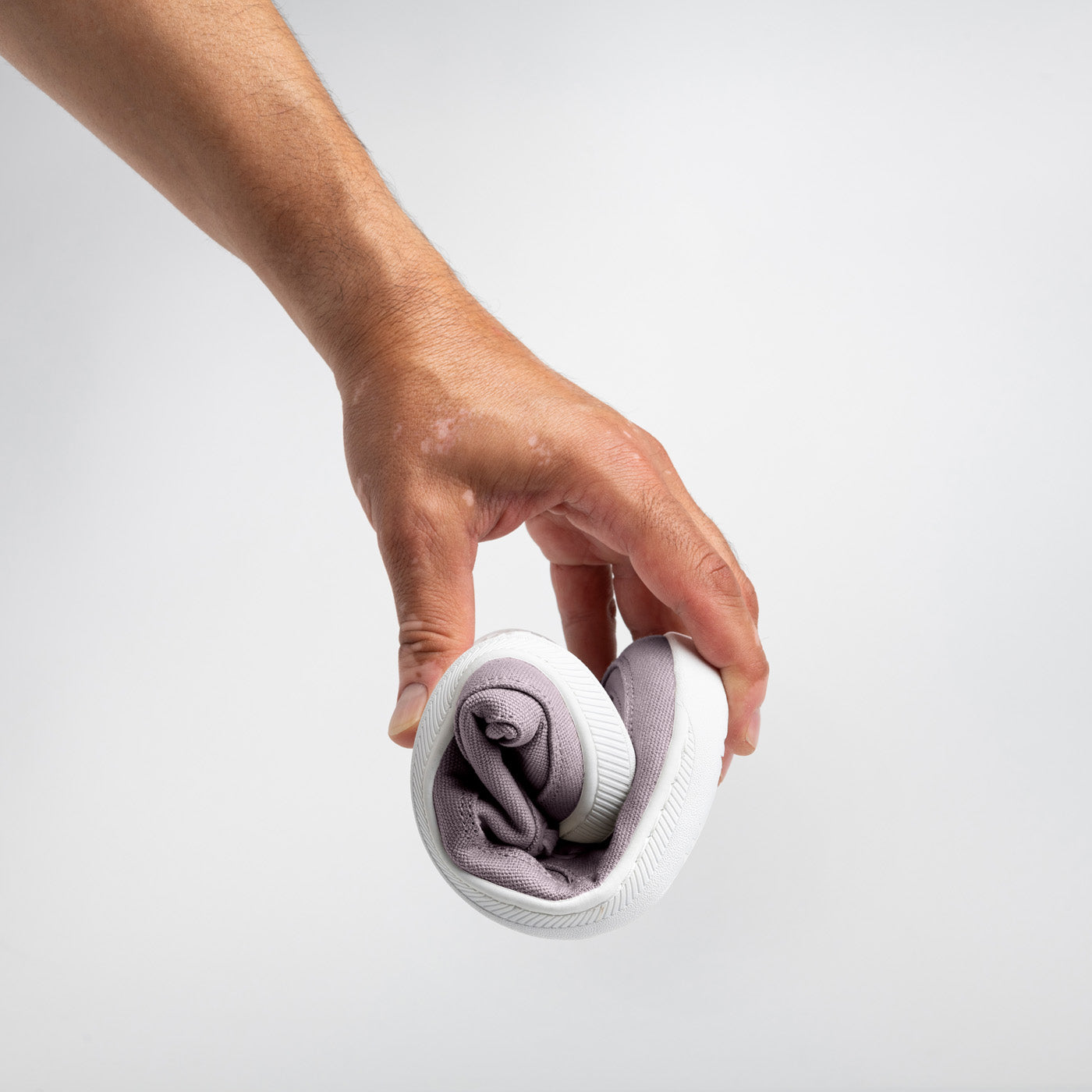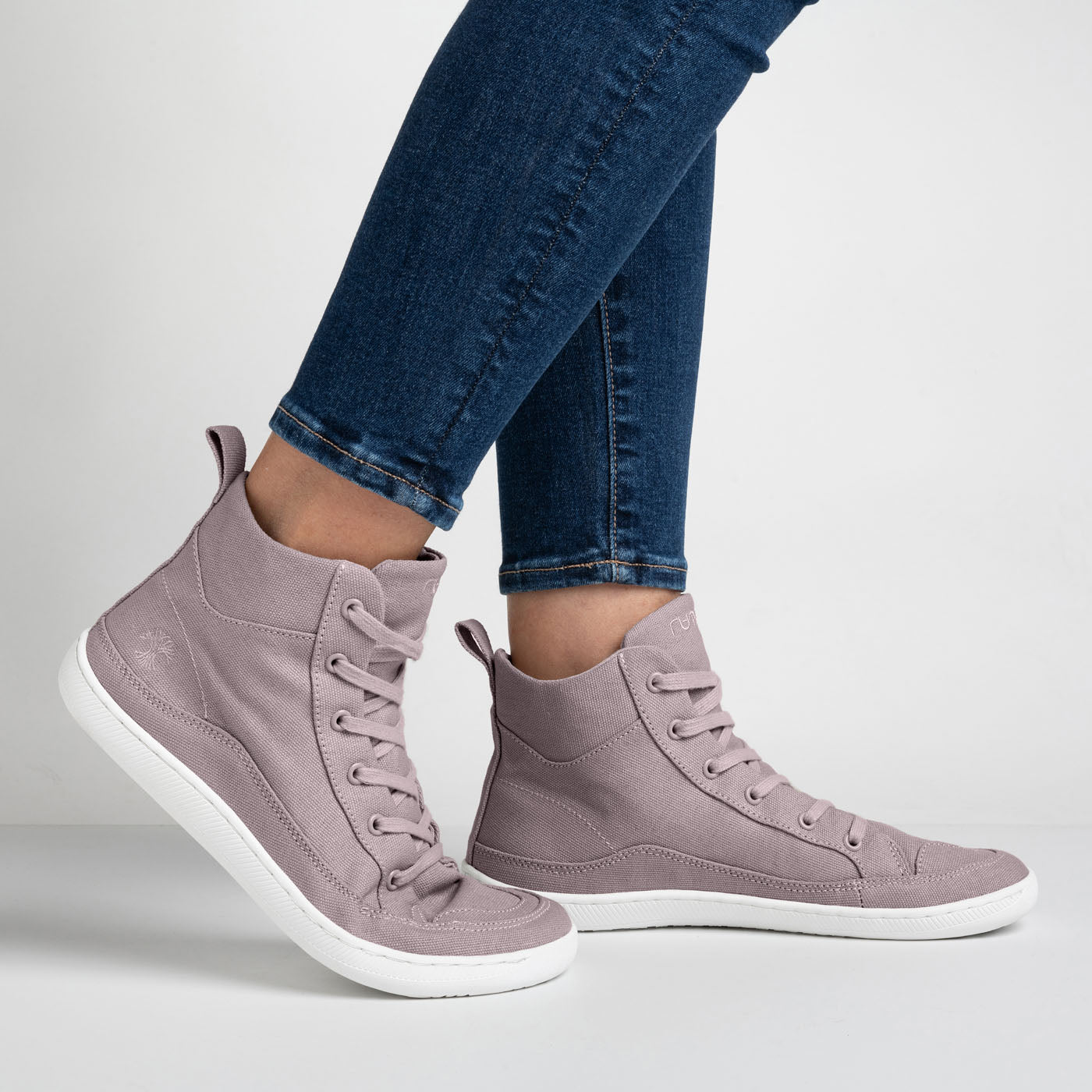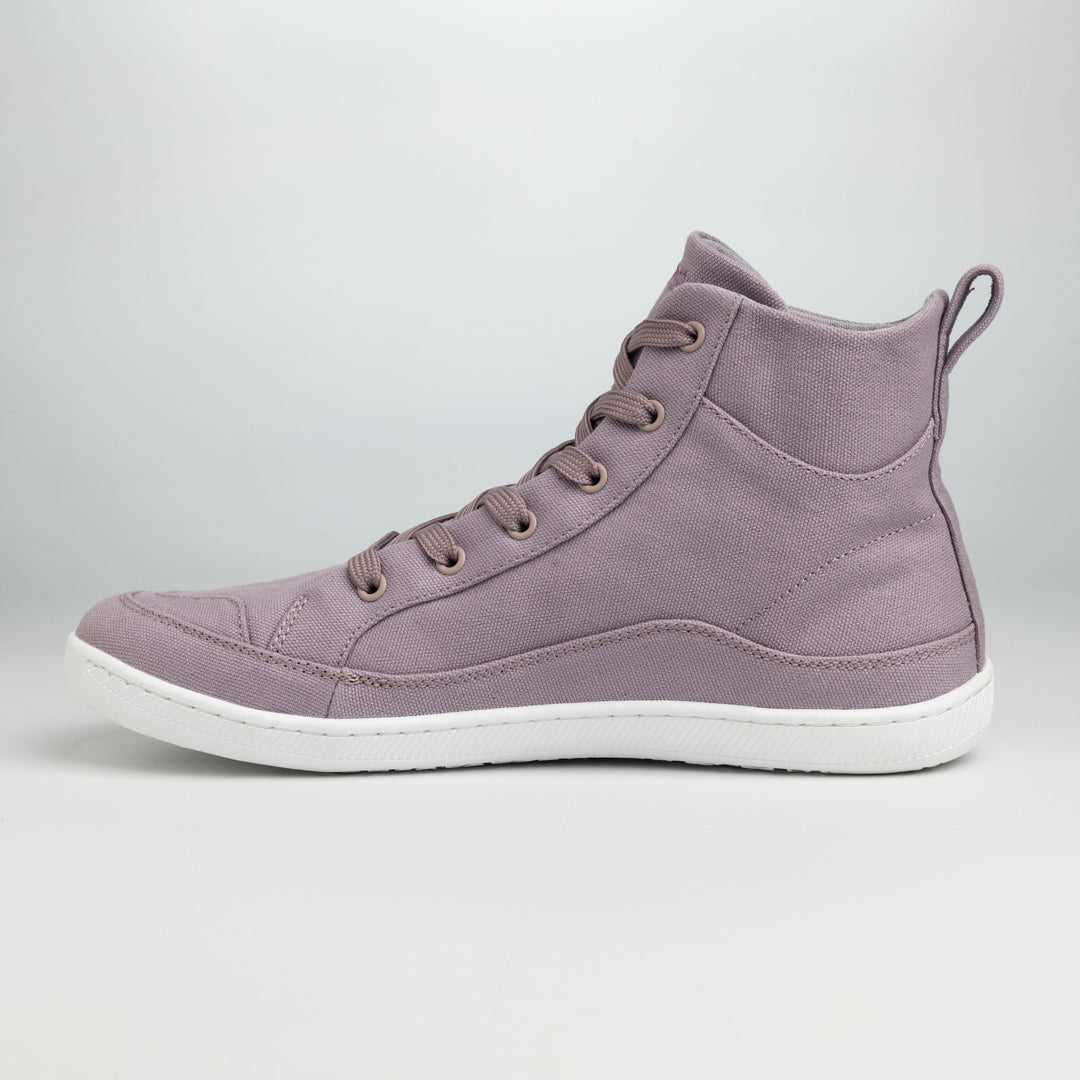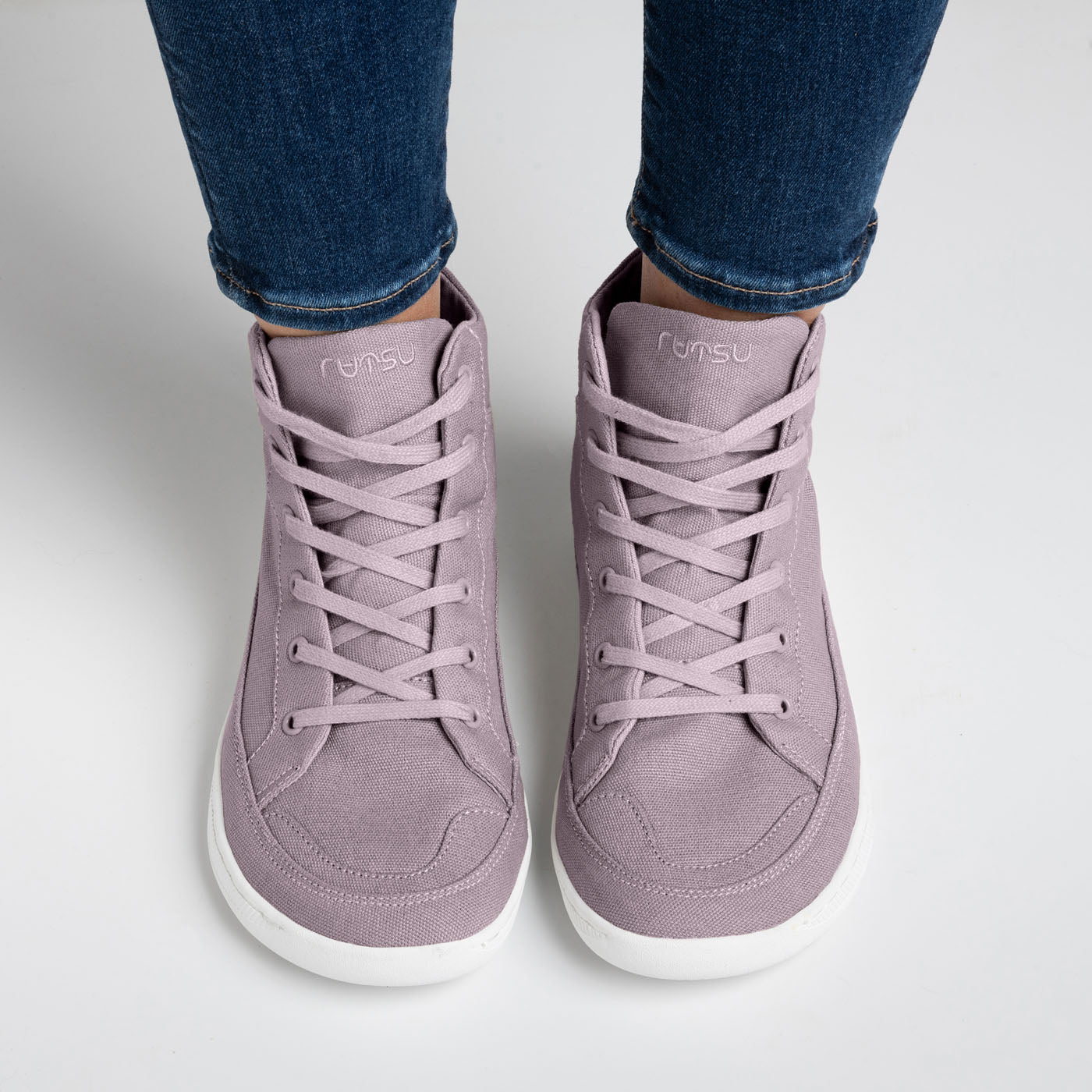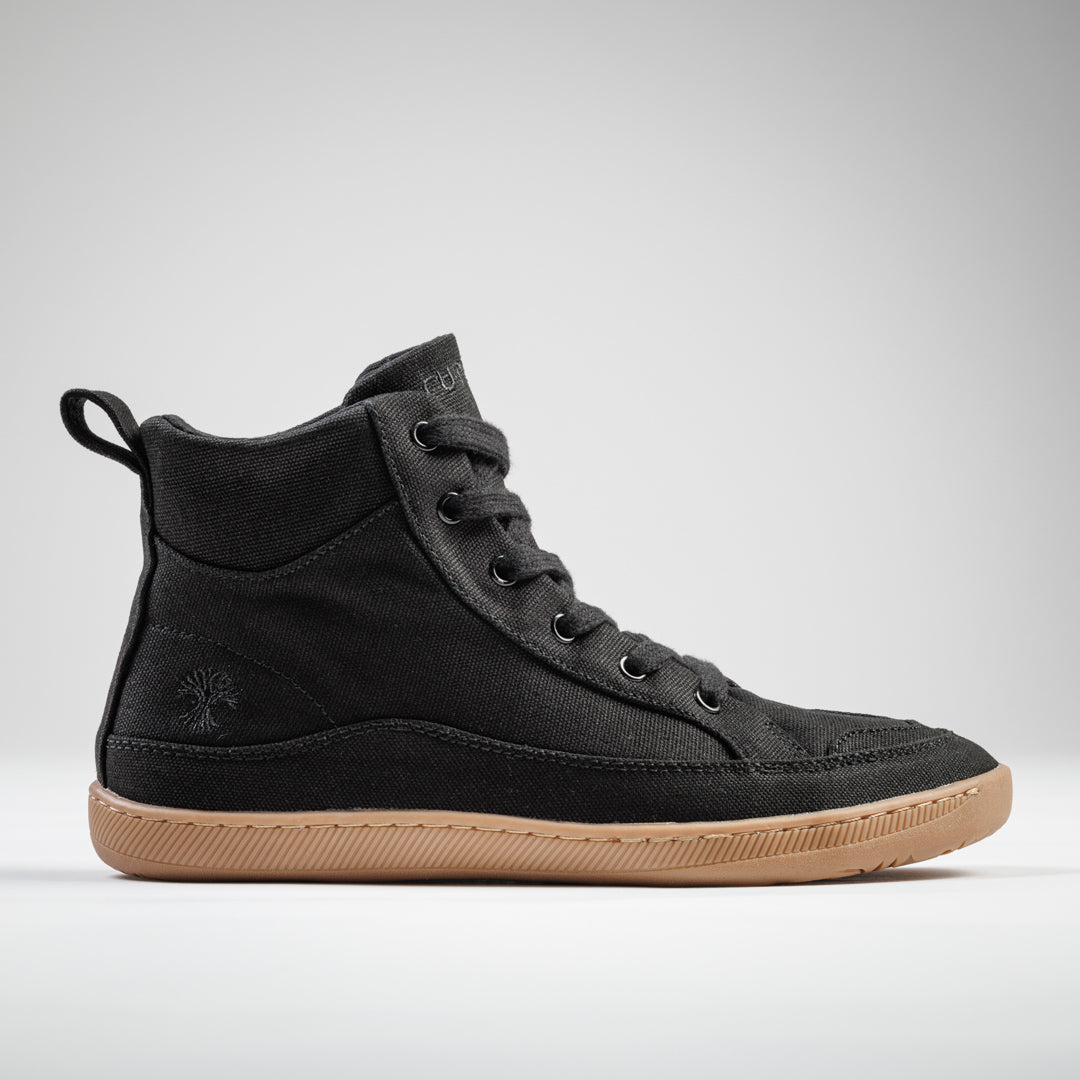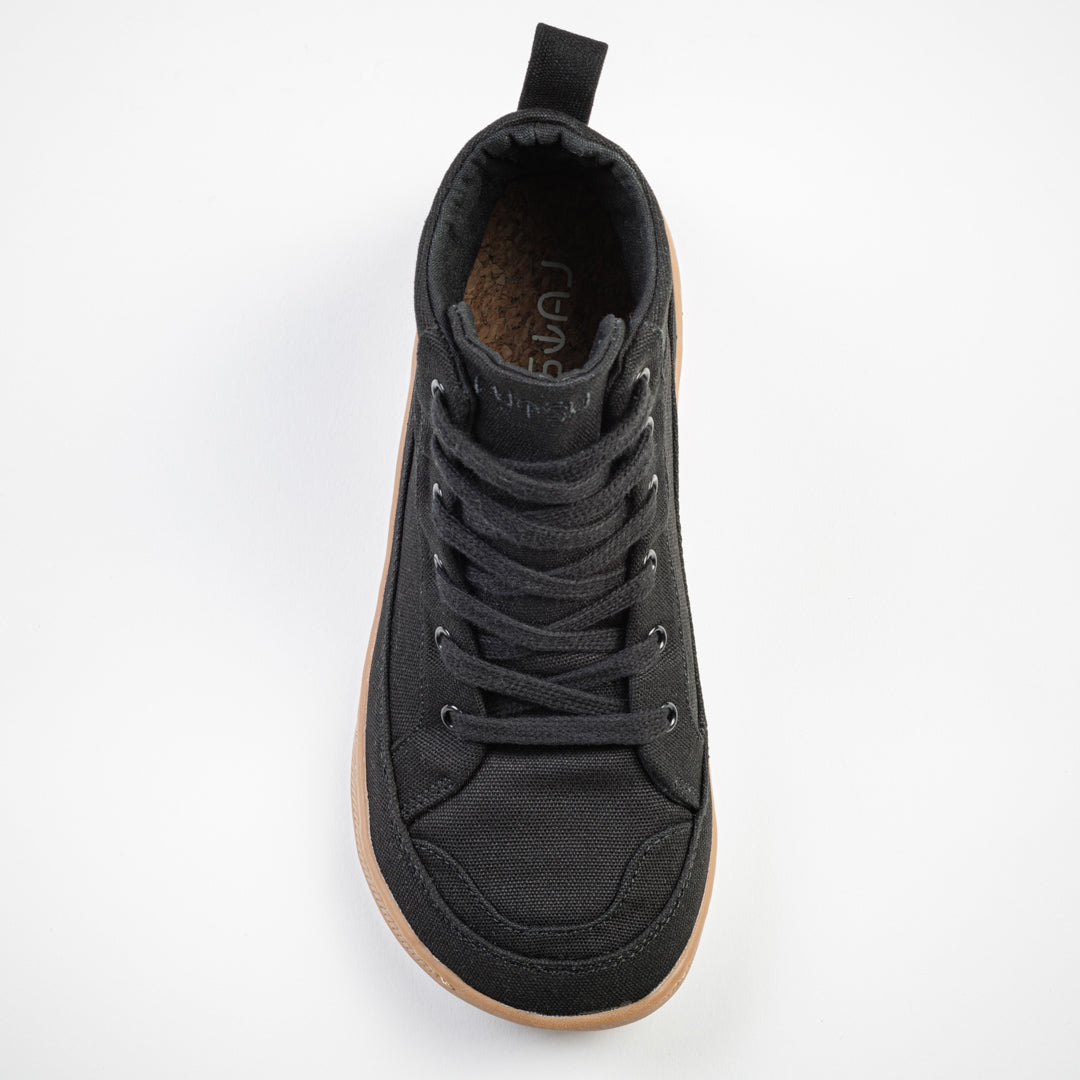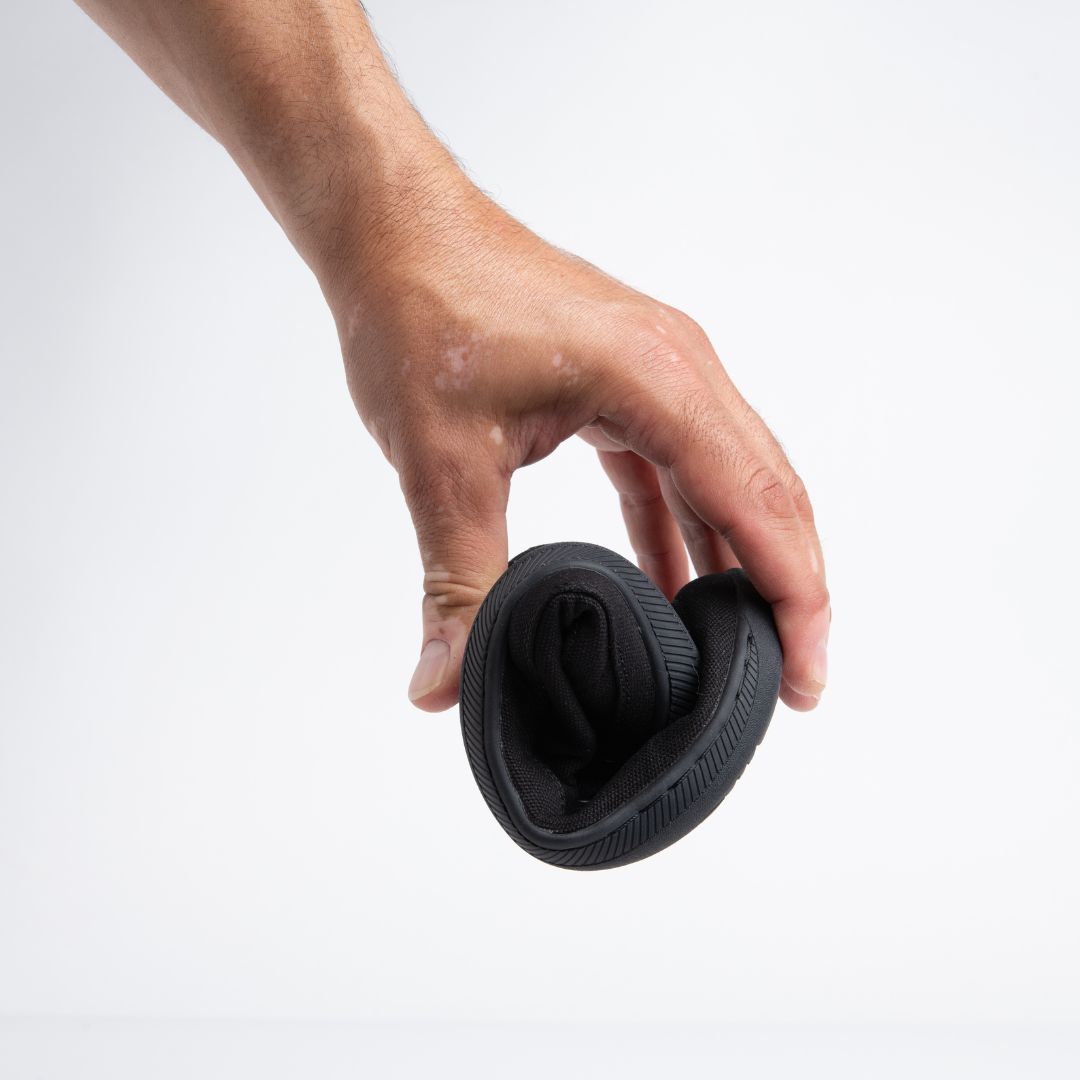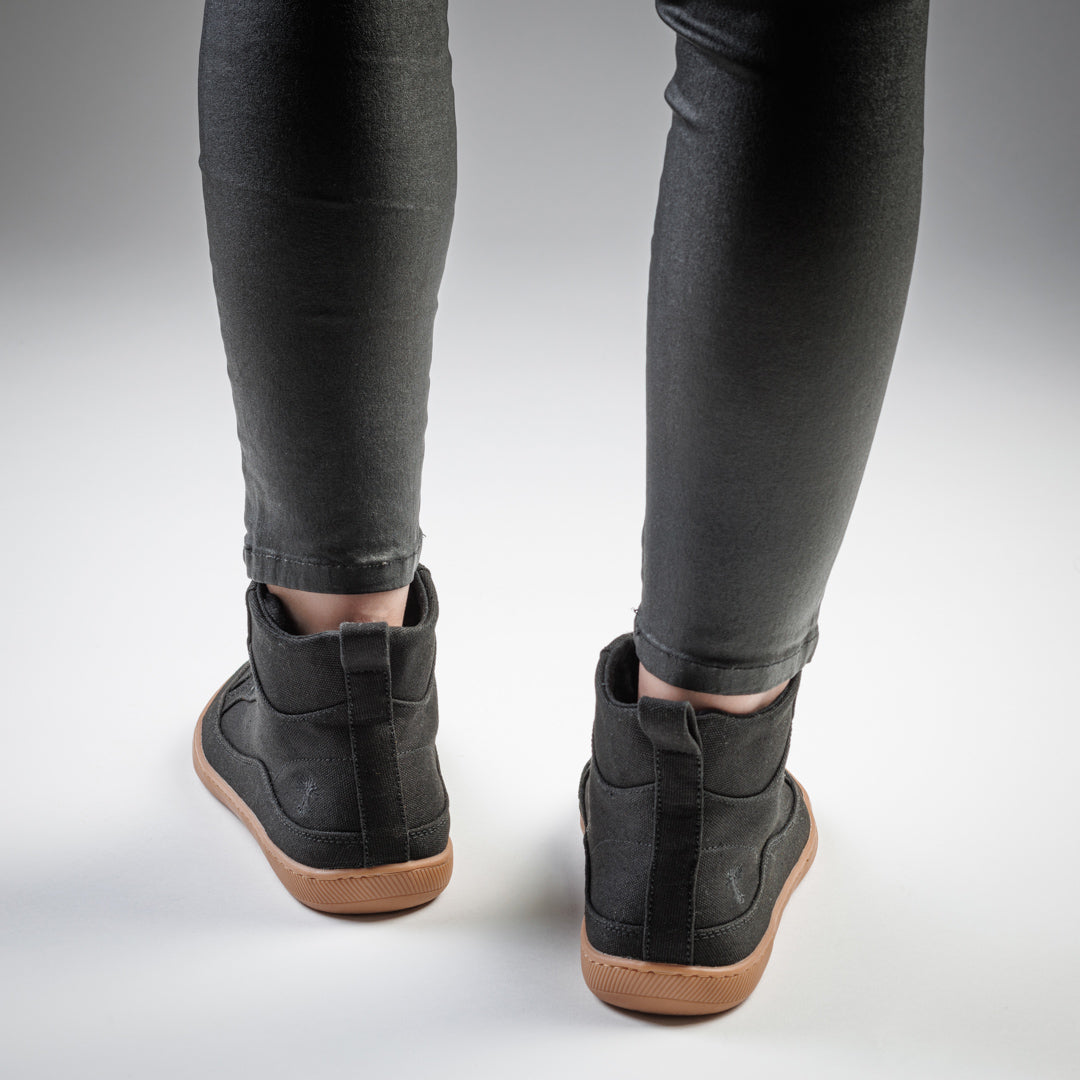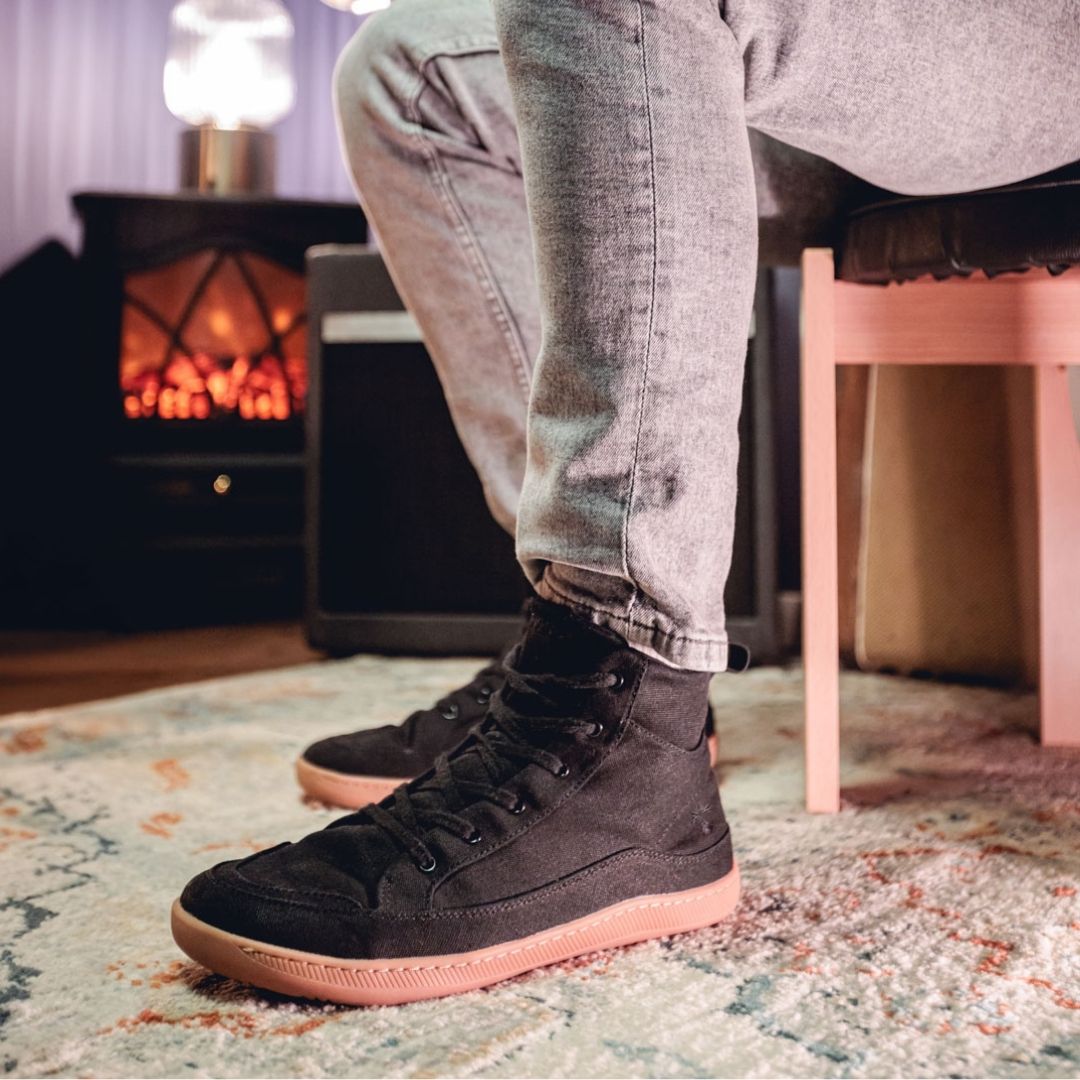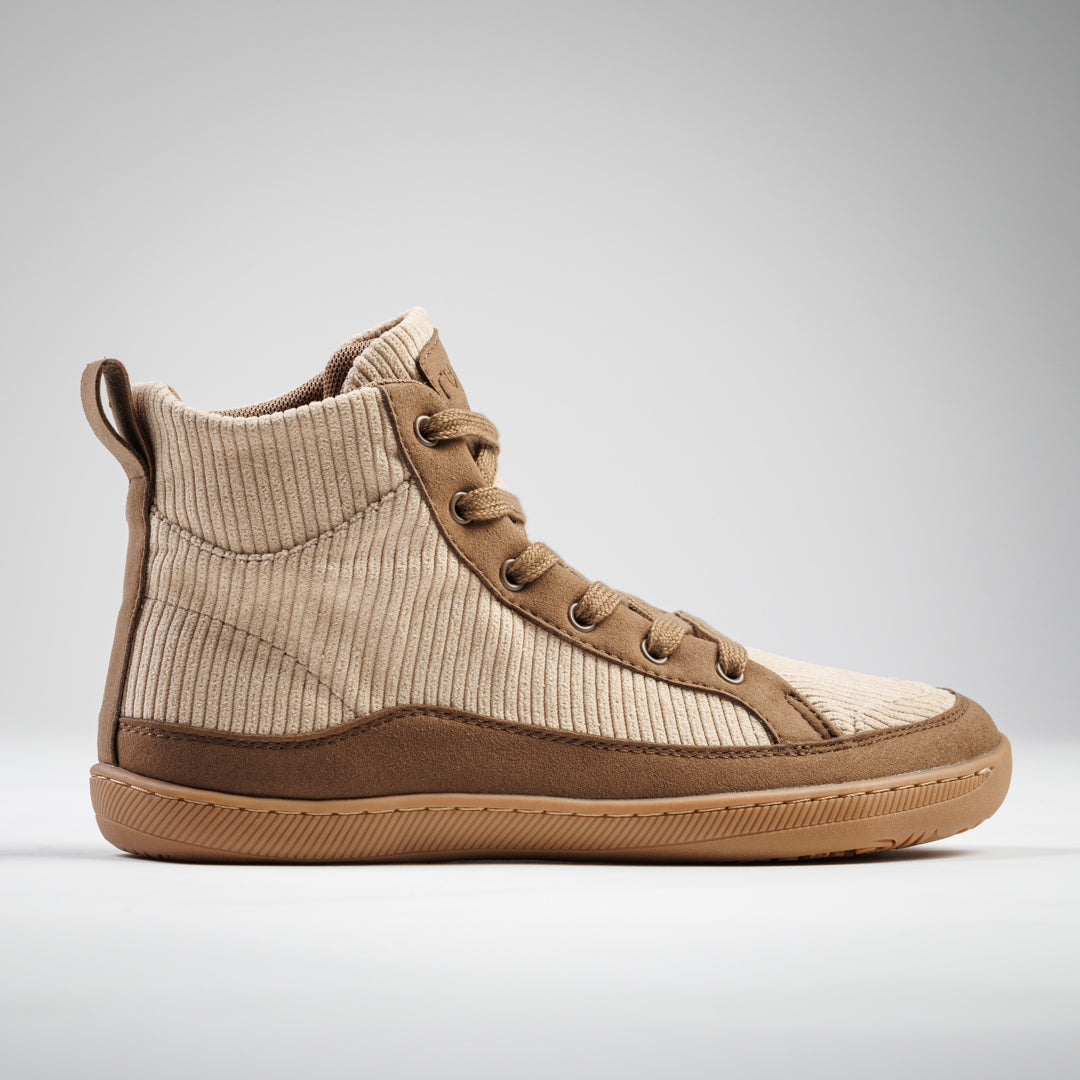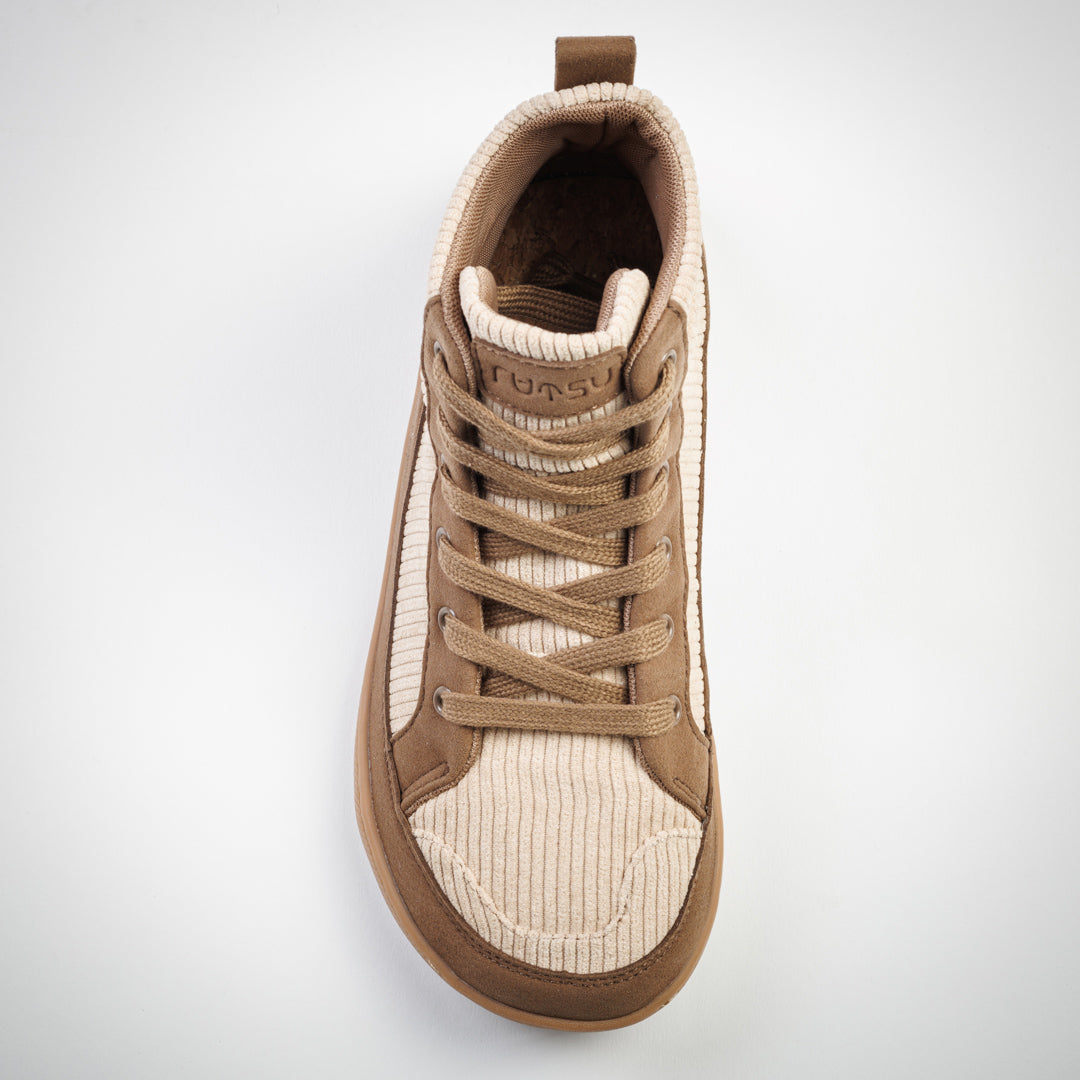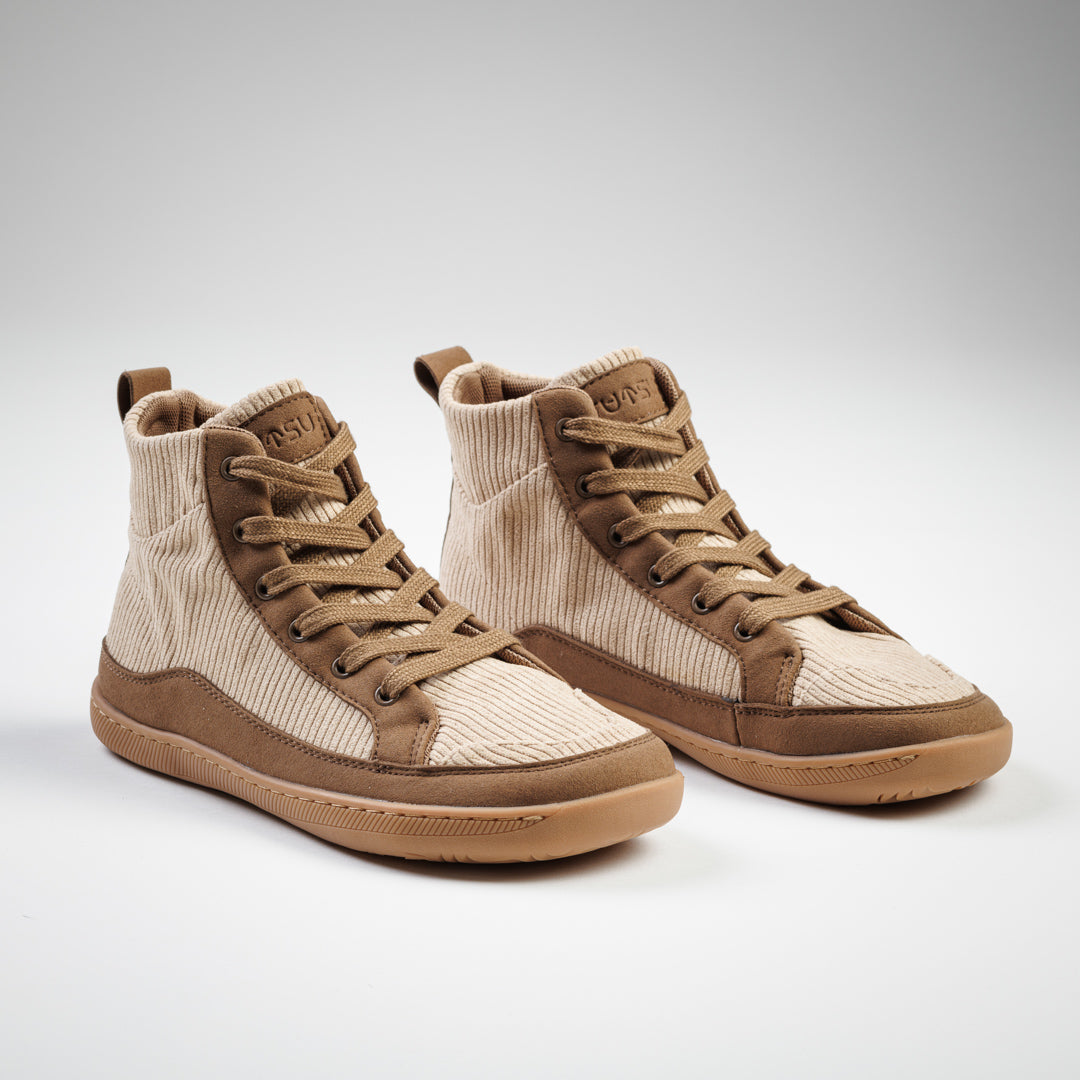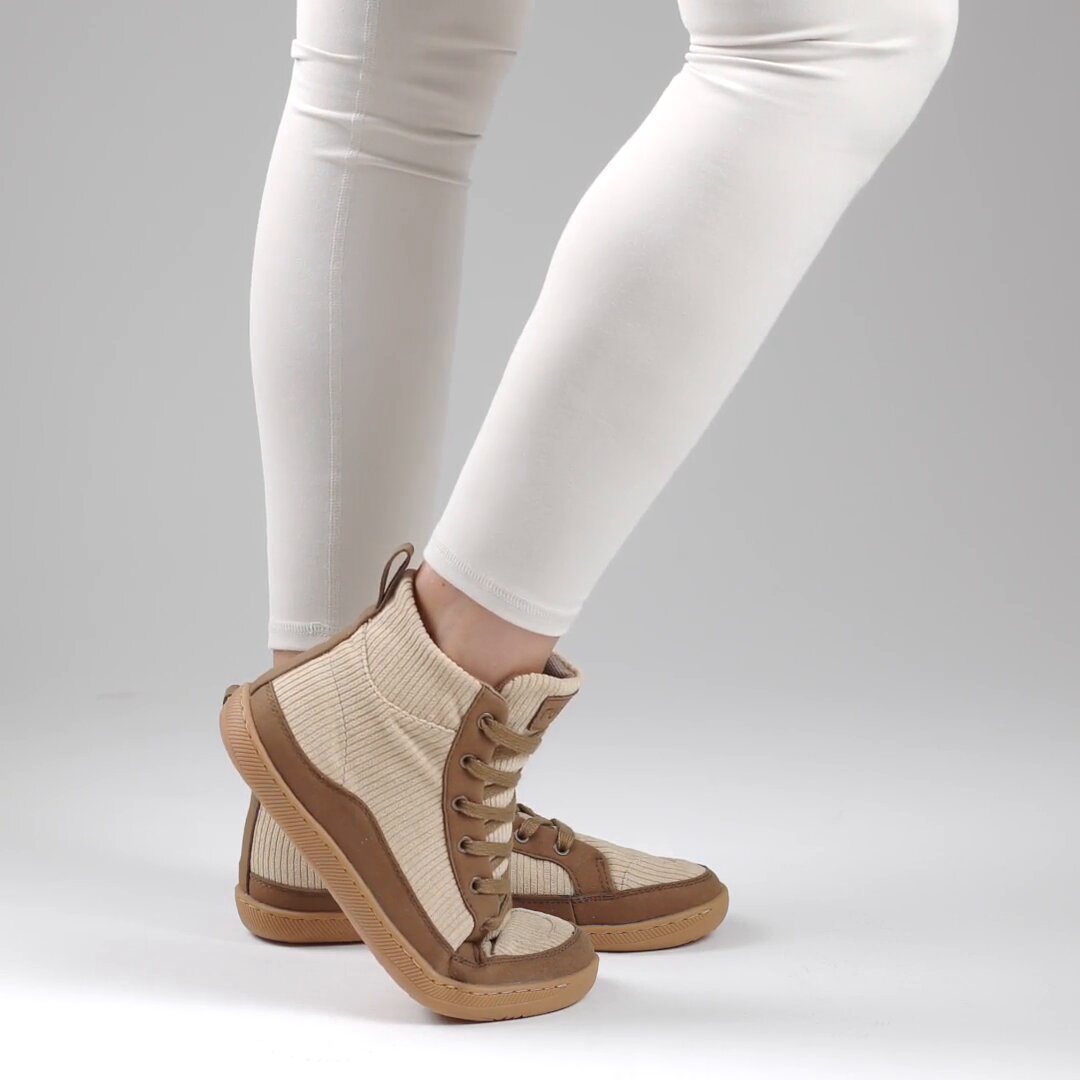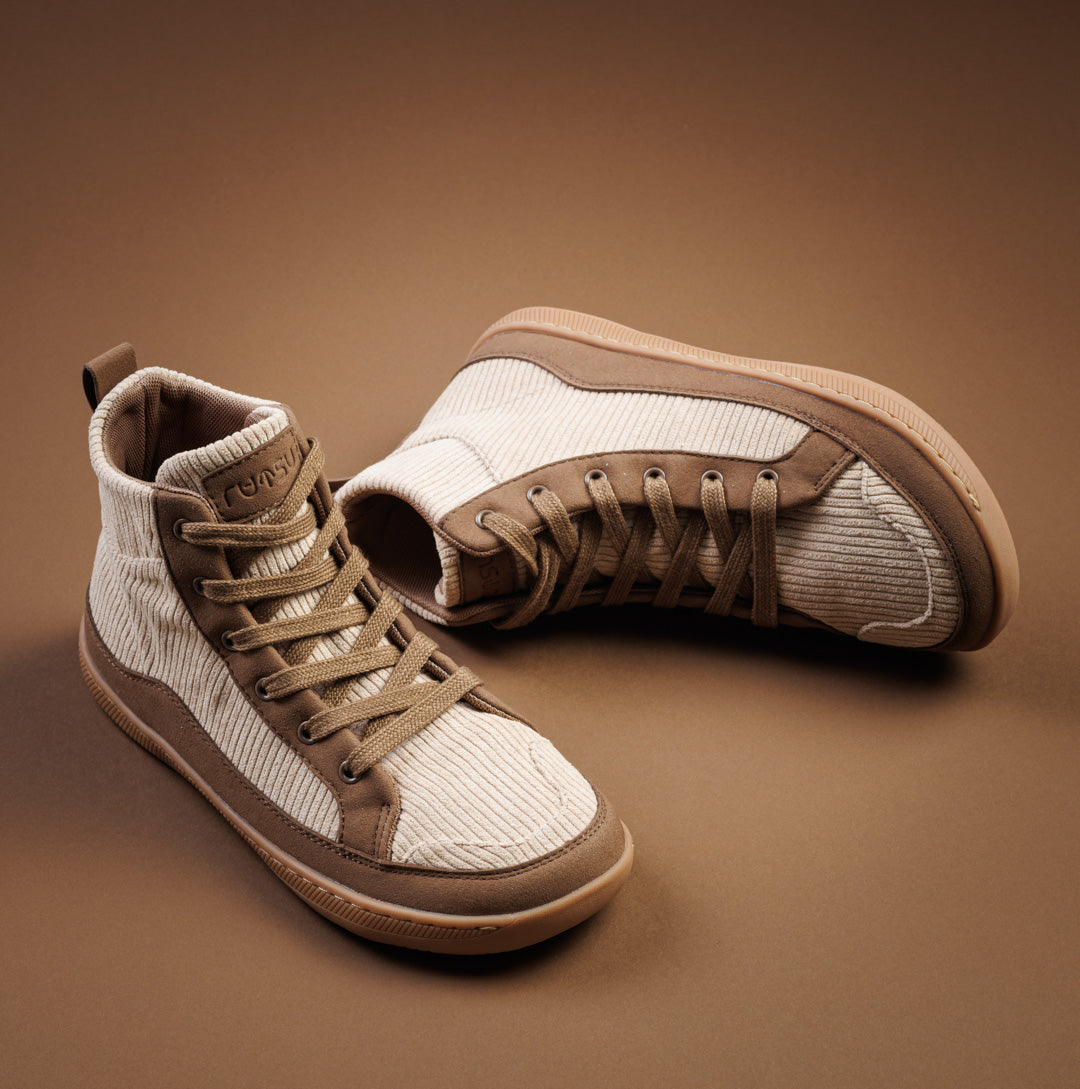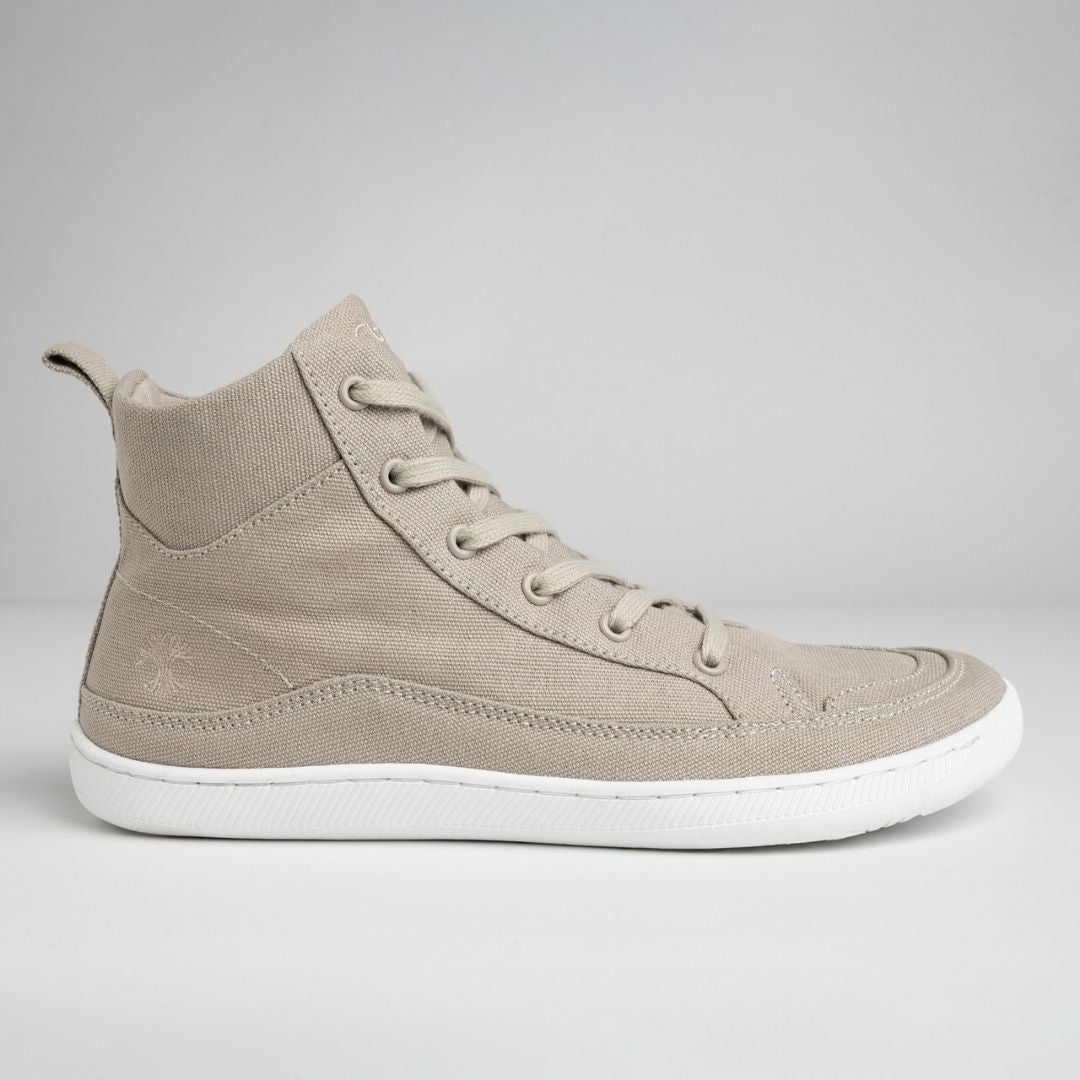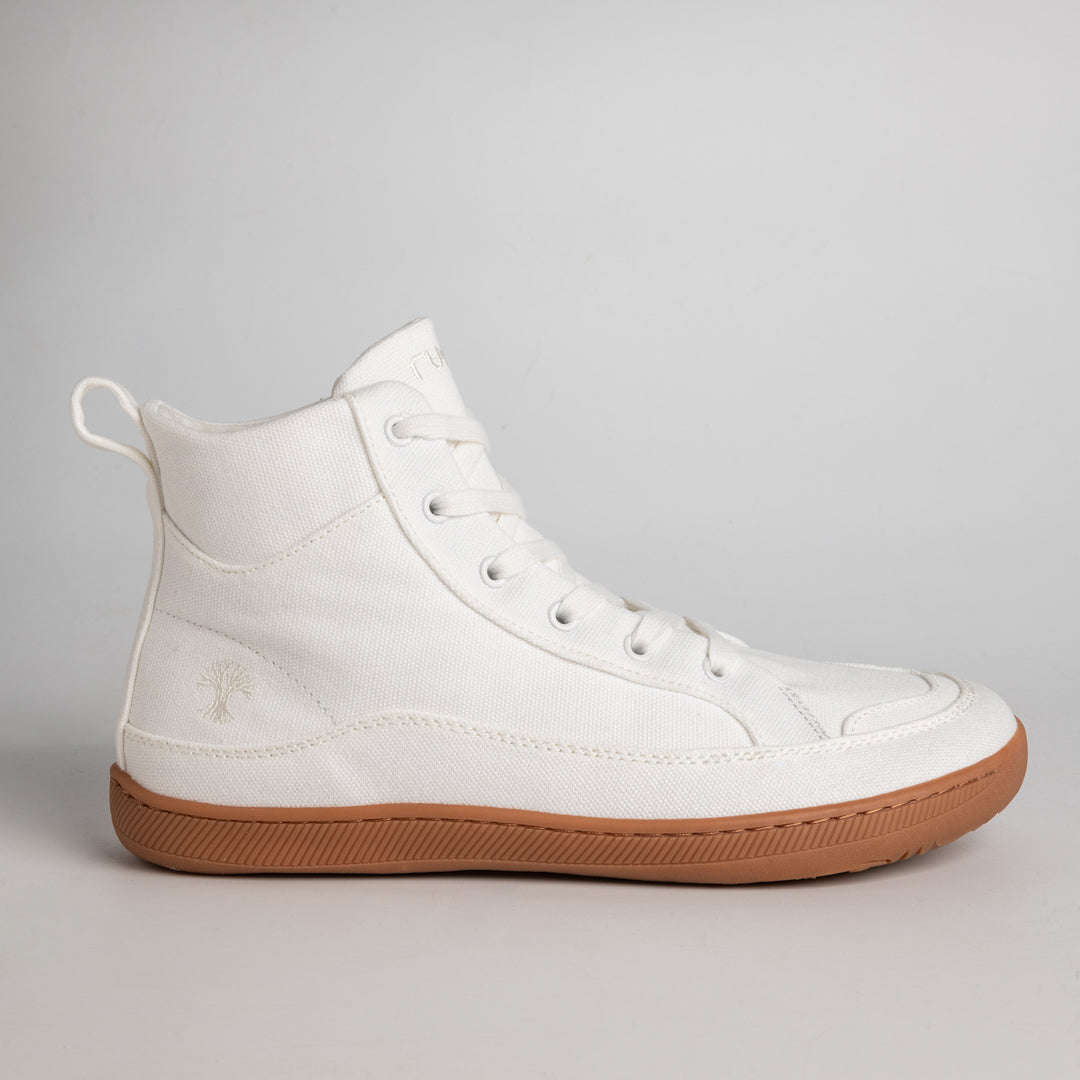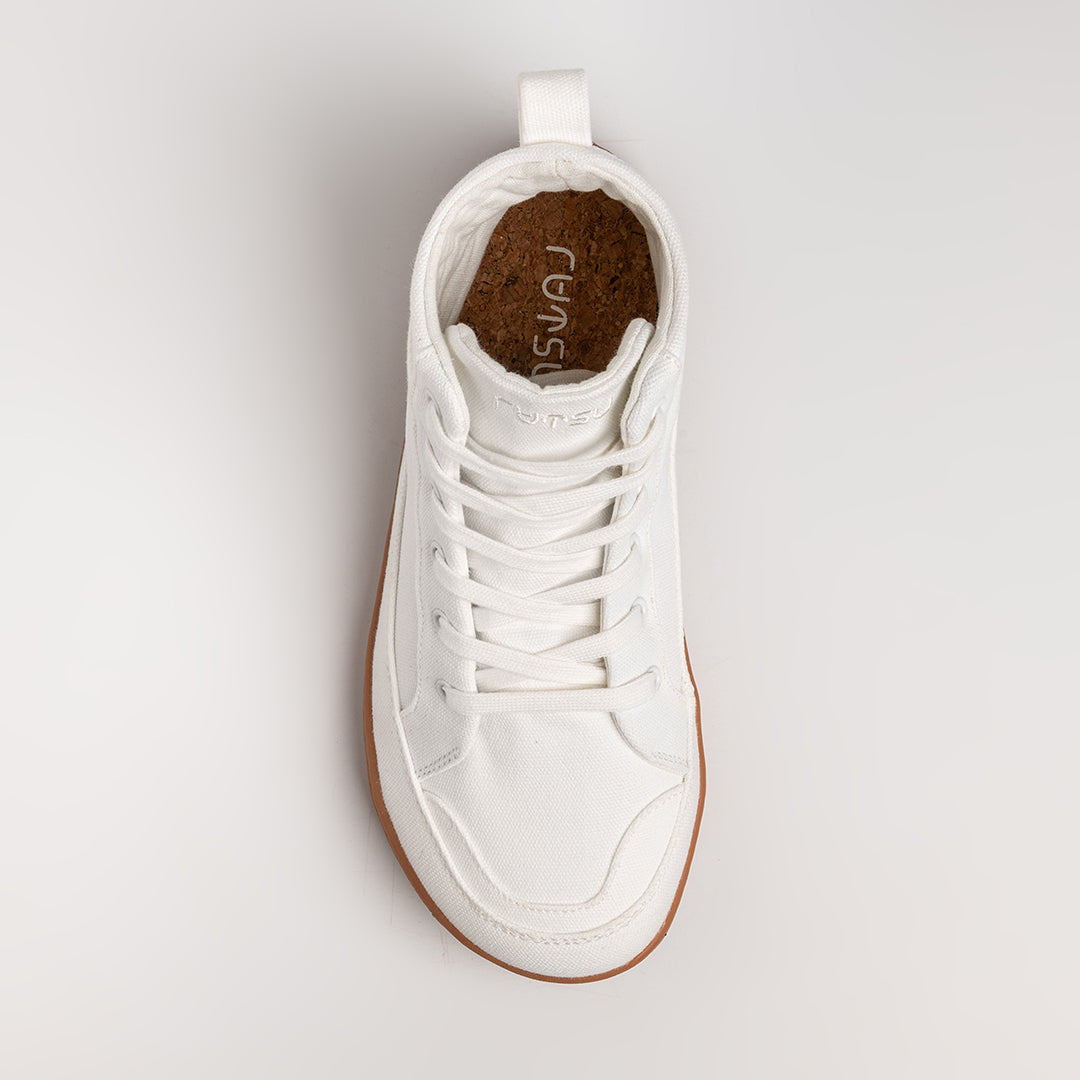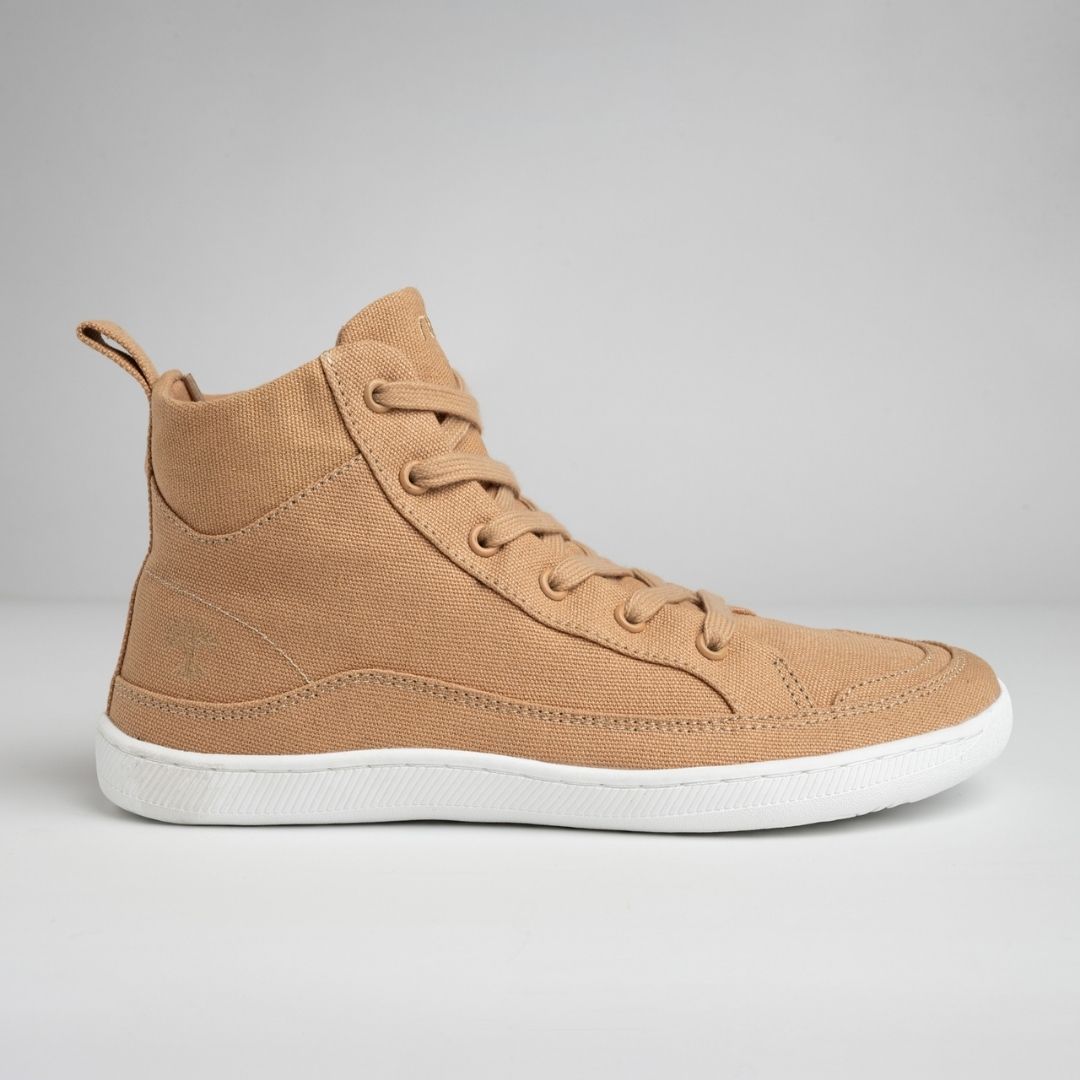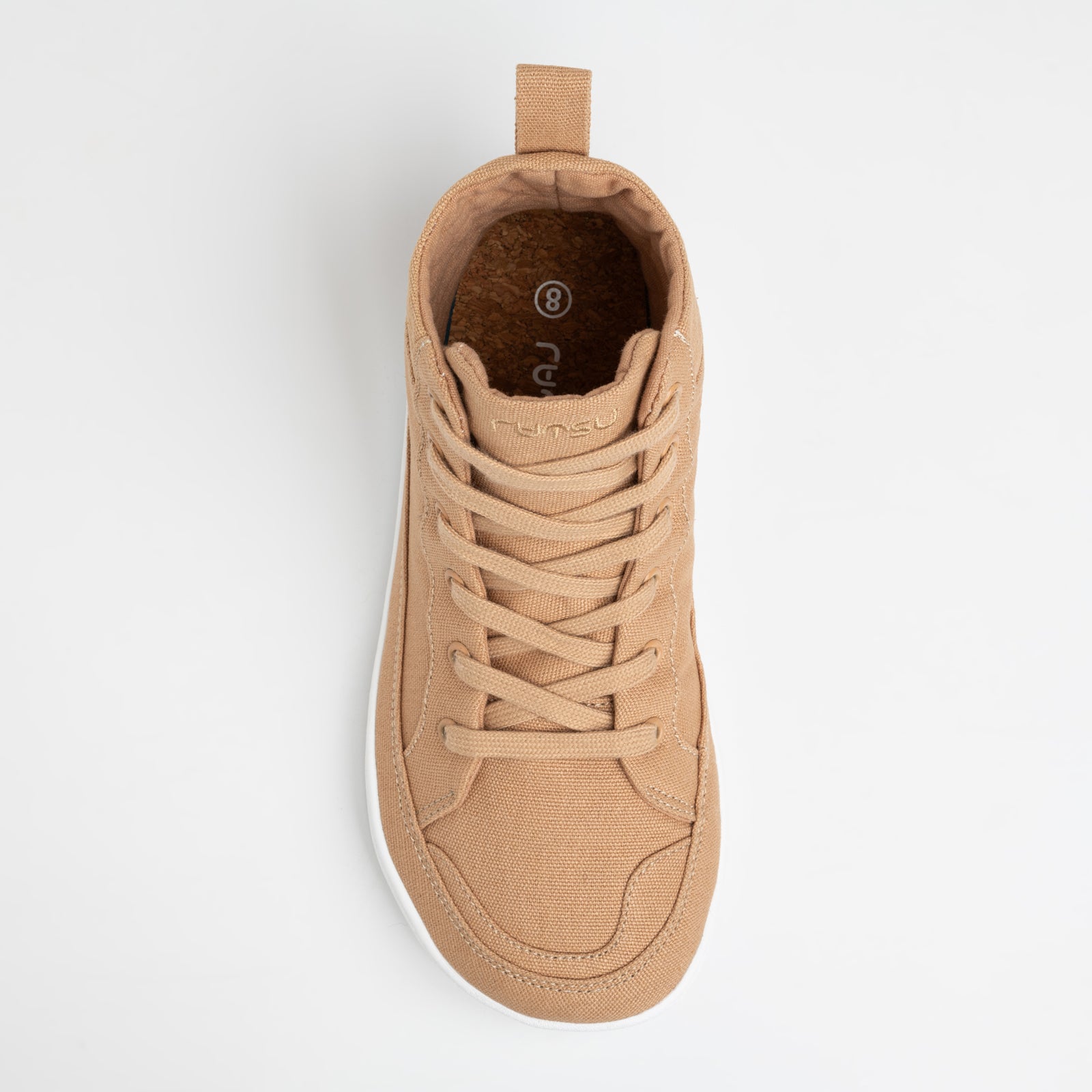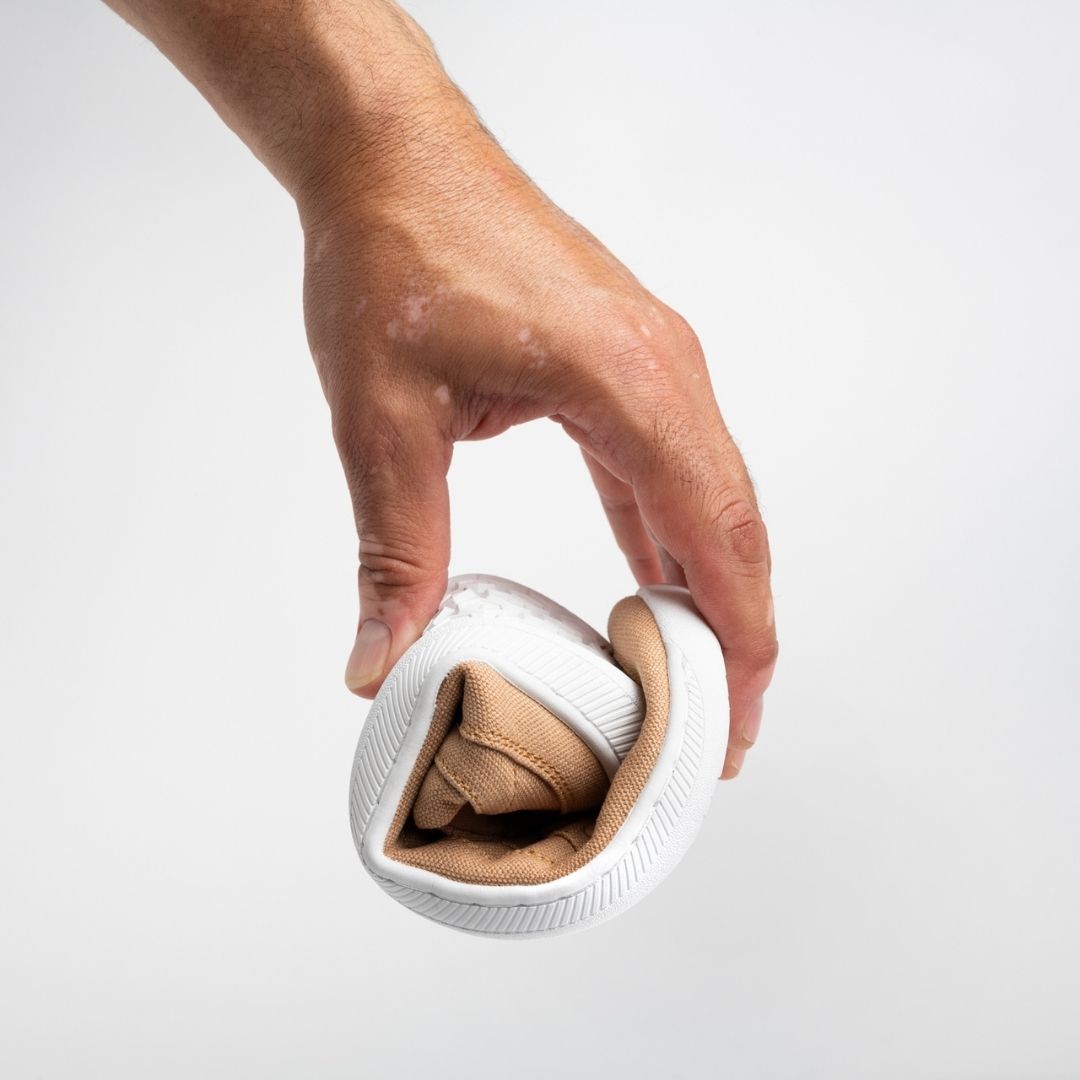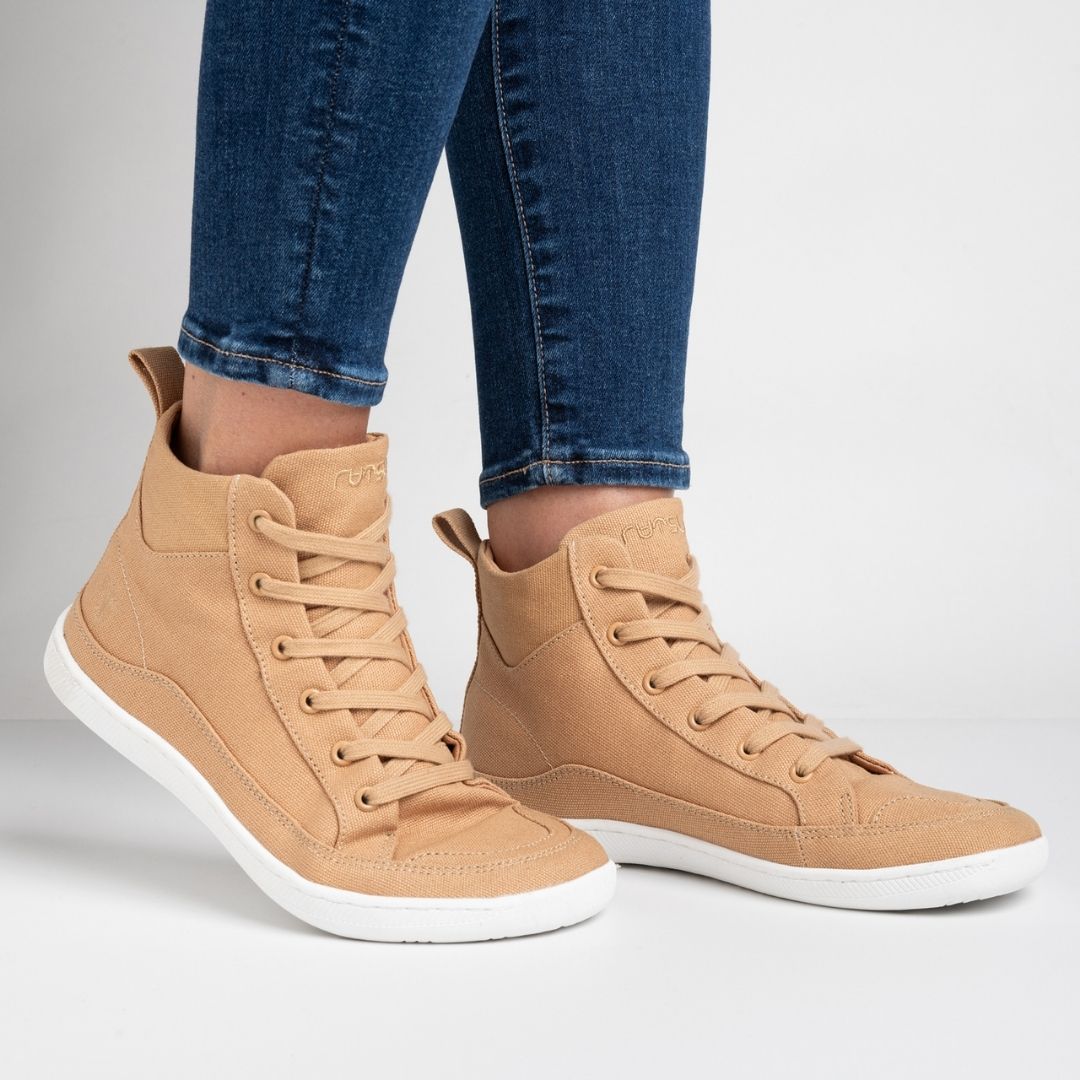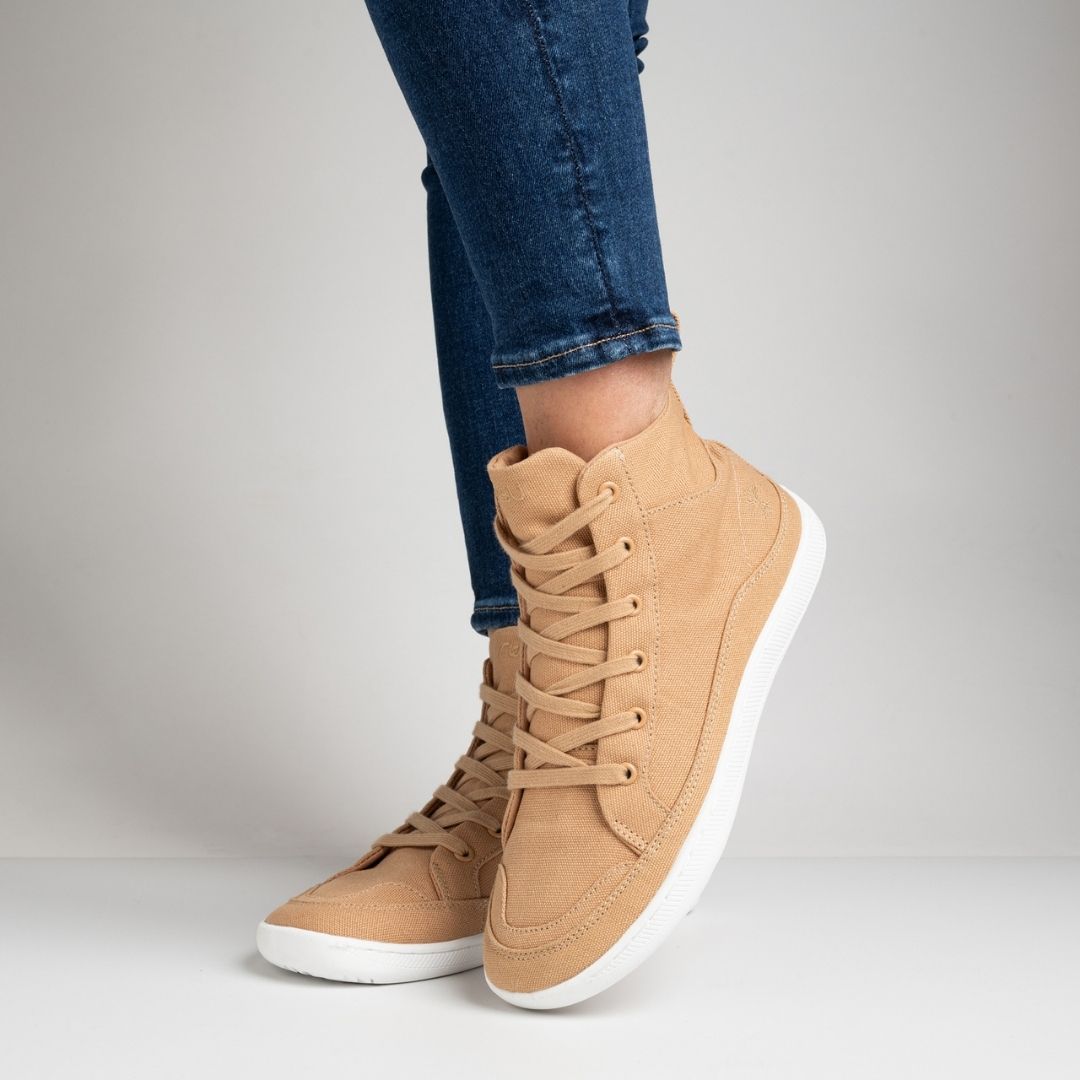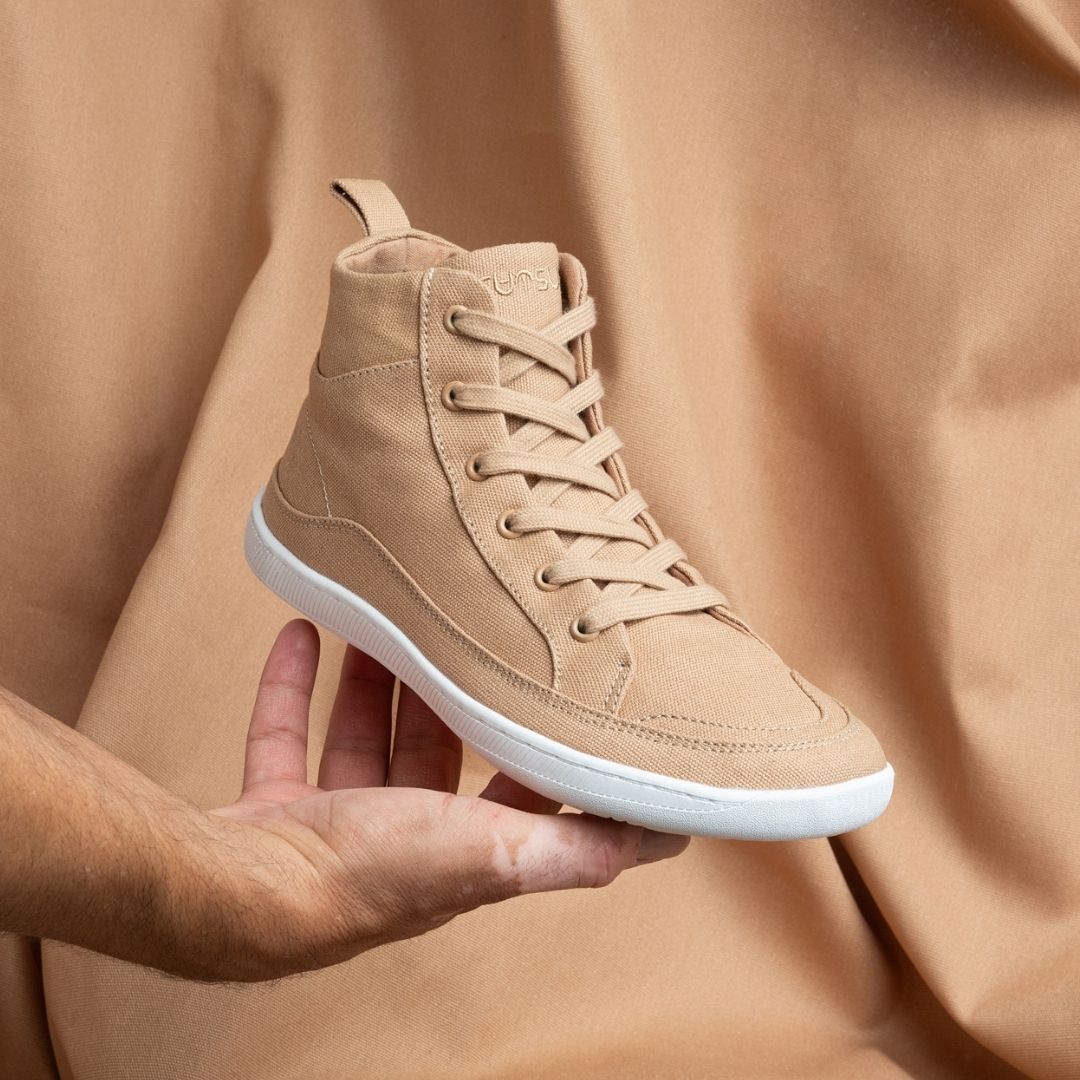Lifestyle enthusiasts and health-conscious individuals prefer barefoot footwear. Are these barefoot sneakers worth the hype? Here are some of the practical benefits of treating your feet to a well-earned vacation by going barefoot.
Are Barefoot Shoes Good for You?
You may have heard that going barefoot can greatly enhance your foot health. But is this claim accurate? Yes, without a doubt. By encouraging a more natural gait, going barefoot helps to strengthen the bones and muscles in your feet and ankles. Imagine the relief that comes from removing your tight gloves after a busy day. When you wear barefoot shoes, your feet can accomplish that.
A study published in Medicine & Science in Sports & Exercise found that forefoot strikers, a pattern encouraged by barefoot footwear, experience lower knee stress and a reduced risk of knee injuries compared to rearfoot strikers. However, this benefit comes with increased ankle and Achilles tendon loading, which may raise the risk of injuries in those areas. Transitioning to barefoot footwear should be done gradually to allow the body to adapt and minimize potential injury risks.
What Are the Drawbacks of Barefoot Shoes?
Barefoot shoes are not a perfect product; nothing is. The adjustment time is one of the challenges. It may feel strange at first to go barefoot if you're used to wearing shoes with cushions. Certain individuals may encounter mild pain or discomfort while their feet adjust to a new gait.
The decreased protection from rough surfaces and sharp objects is another factor to consider. You should pay closer attention to where you walk, particularly in cities. It's liberating, yet extra cautious. Like going barefoot outside.
Can You Wear Barefoot Shoes Every Day?
I recall having a conversation with a friend who decided to wear barefoot all the time. She wore them around the house at first, getting used to the feeling of her feet without the extensive cushioning she was accustomed to. She started wearing them on quick walks and subsequently her workouts. Soon, she was wearing those simple shoes every day—not just because they were cozy, but also because they changed the way her feet felt. Her arches became more stable, her feet became stronger, and even the annoying knee discomfort she used to have when running started to go away.
How to Transition to Barefoot Shoes?
Switching has definite advantages. By organically aligning your body from the ground up, barefoot shoes help you maintain better posture. Your balance and coordination get better with every step. It functions as a gentle reminder of your body's natural movement patterns.
Additionally, wearing barefoot shoes can increase blood flow to your feet, which can promote healthier skin and reduce the chance of developing foot issues like hammer toes or bunions. It resembles giving your feet a daily spa treatment.
Why Should You Choose Barefoot Shoes?
- Health Benefits and Comfort: Barefoot shoes offer a unique combination of health benefits and comfort that traditional shoes can’t match, allowing your feet to function as nature intended and positively impacting your entire body.
- Natural Foot Function: These shoes let your feet move freely, relieving them from the constraints of thick soles and rigid structures, which can lead to greater foot strength and stability.
- Mental Boost: Beyond physical advantages, wearing barefoot sneakers provides a mental uplift, empowering you with a closer connection to the ground, and enhancing your overall mood and sense of well-being.
Are barefoot shoes healthy, or not?
For many people, wearing barefoot is a healthy alternative. They assist in increasing the strength and flexibility of your ankles and feet by encouraging natural foot mobility. As a result, there may be fewer injuries, improved posture, and enhanced balance. It's similar to granting your feet the independence they've been longing for.
Barefoot shoes are a novel way to wear footwear that complements a well-being-oriented lifestyle for those who are health-conscious. This idea is embodied by Rutsu Barefoot, which offers goods that feel wonderful for your feet both inside and out.
Conclusion
Comfort, health advantages, and a direct connection to the earth beneath your feet are enticing features of barefoot footwear. These shoes encourage a more natural gait, strengthen the bones and muscles in your feet and ankles, and help prevent injuries, making them an excellent choice for anyone looking to enhance their overall well-being. While there may be an adjustment period, the long-term benefits of switching to barefoot shoes far outweigh any initial discomfort.
Barefoot shoes are a wise investment in your health, whether you're aiming to improve circulation, and posture, or give your feet the freedom they've been missing. With options like those from Rutsu Barefoot, you can enjoy the best of both worlds - style and wellness in every step you take. So, why not give your feet the break they deserve and experience the benefits of barefoot footwear for yourself?
FAQs
How Should I Transition to Barefoot Shoes?
It is best to make the switch to barefoot sandals gradually. To begin with, wear them for short walks or about the house for short amounts of time. As your feet develop stronger and more used to the new manner, gradually extend the duration. Consider it akin to beginning a new exercise regimen: perseverance pays off in the end.
Does Proper Care Apply to Barefoot Shoes?
Although they don't need special care, barefoot shoes should be cleaned frequently, particularly if you use them outside. Depending on the material, most barefoot shoes can be gently machine-washed or cleaned with a moist cloth. For optimal conditions, always refer to the care directions.
Is It Possible to Wear Barefoot Shoes for Every Activity?
Barefoot shoes are appropriate for a range of exercises, including walking, mild running, and strength training. But you may want to consider if barefoot shoes offer enough protection and support for rough terrain or high-impact activities.
Can Barefoot Shoes Help with Foot Issues?
Yes, barefoot shoes can help with certain foot issues like flat feet or weak arches. By encouraging natural movement and strengthening the muscles in your feet, they can alleviate some discomfort associated with these conditions. It’s like giving your feet a workout while you walk.
Are There Different Styles of Barefoot Shoes?
Indeed! Sandals and sneakers are just two types of barefoot footwear available. You may take advantage of the advantages of barefoot footwear without sacrificing style thanks to companies like Rutsu Barefoot, which offer solutions to suit a variety of demands and tastes.
Are There Risks to Wearing Barefoot Shoes?
The primary danger is that it could take some time for your feet to acclimate, which could result in brief pain or discomfort. Additionally, there is less protection against sharp things because the bottoms of barefoot shoes are thinner. However, these hazards are negligible with careful use and a smooth transition.



